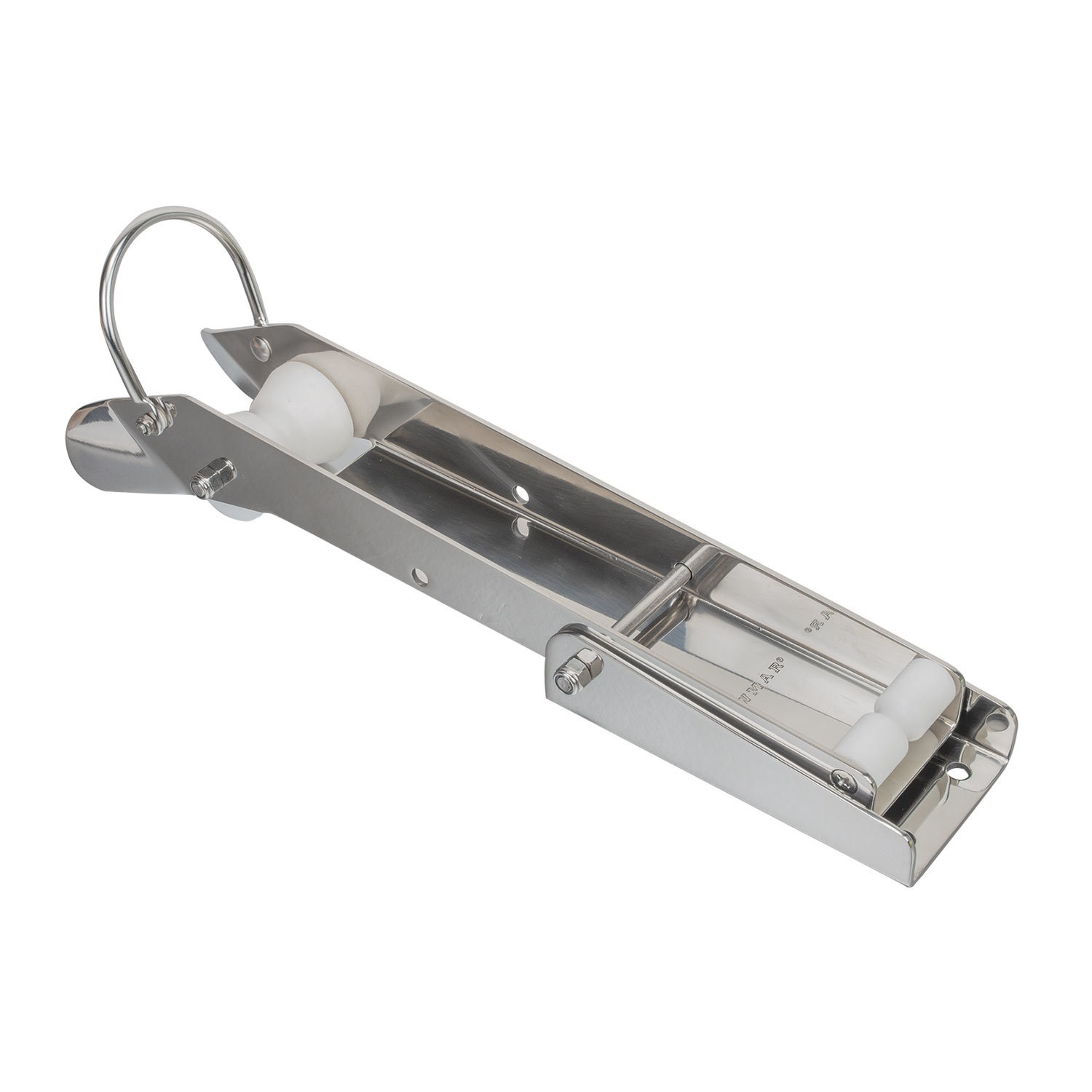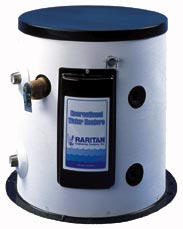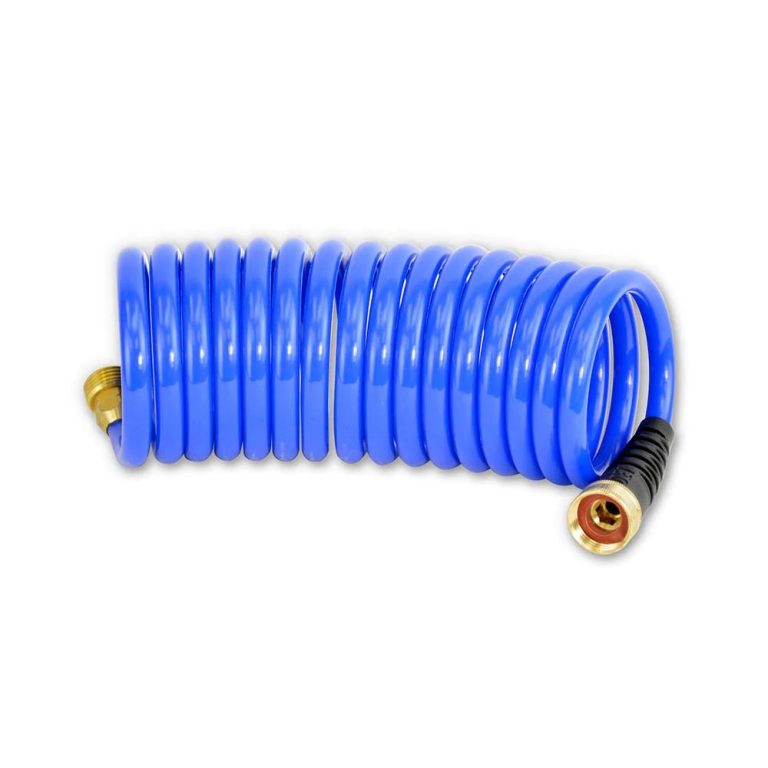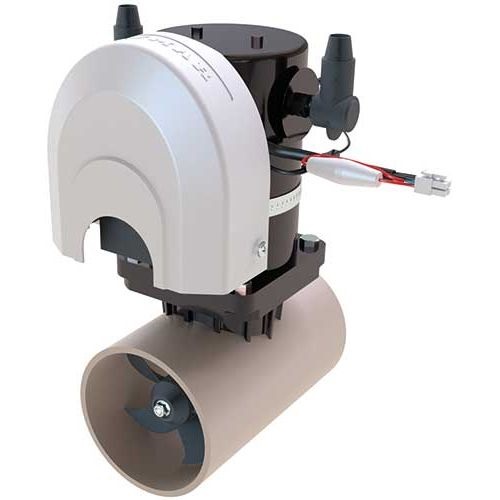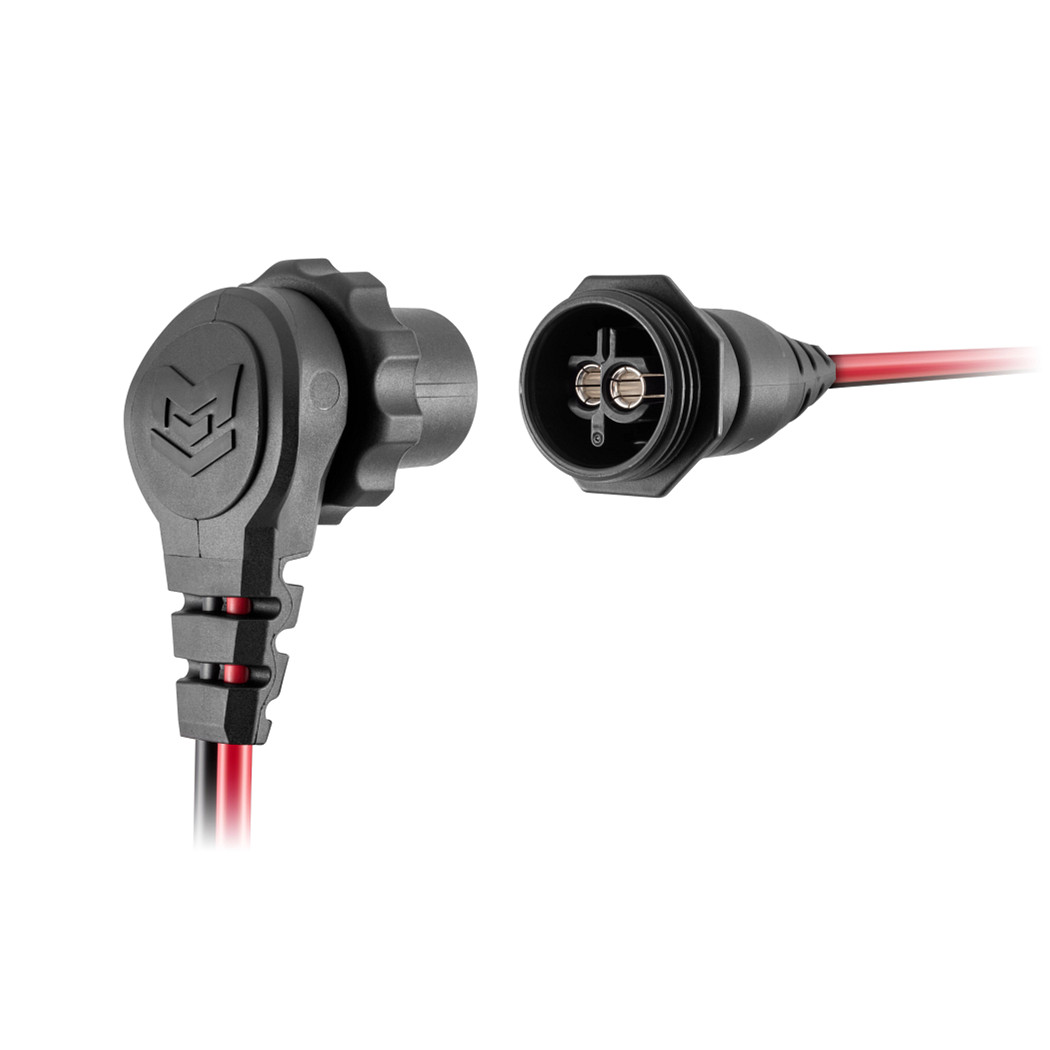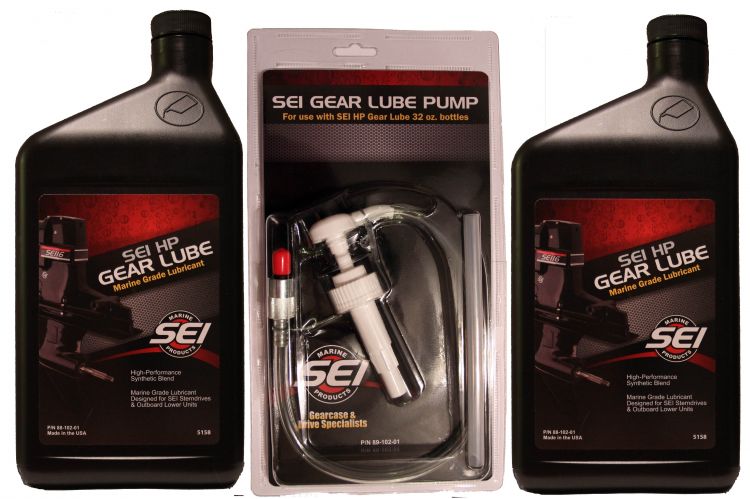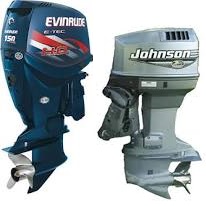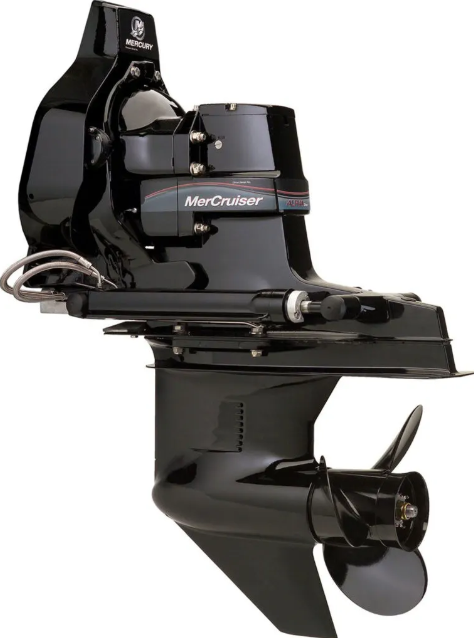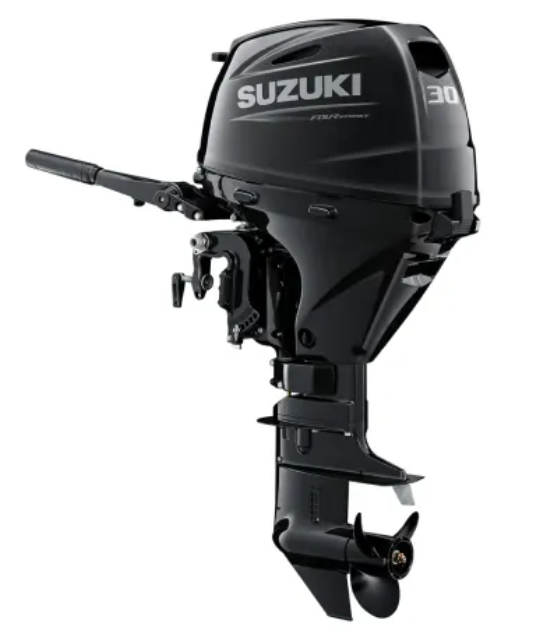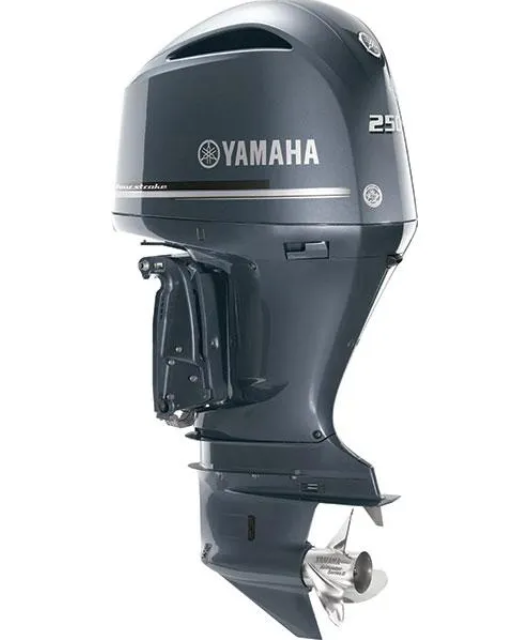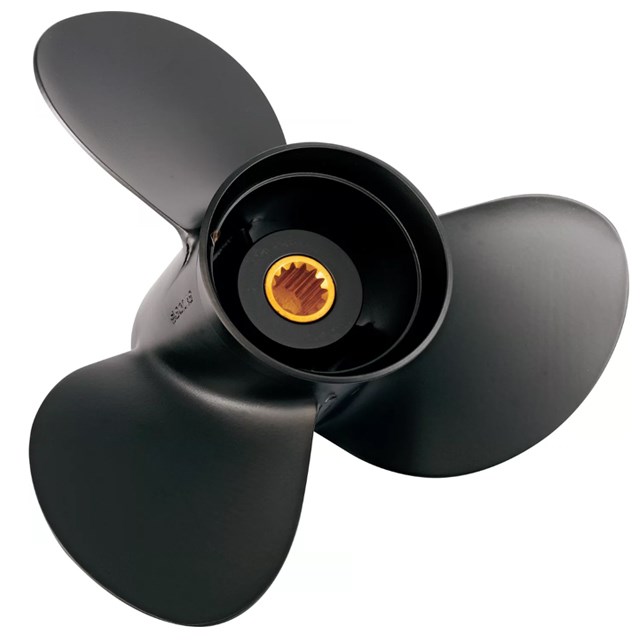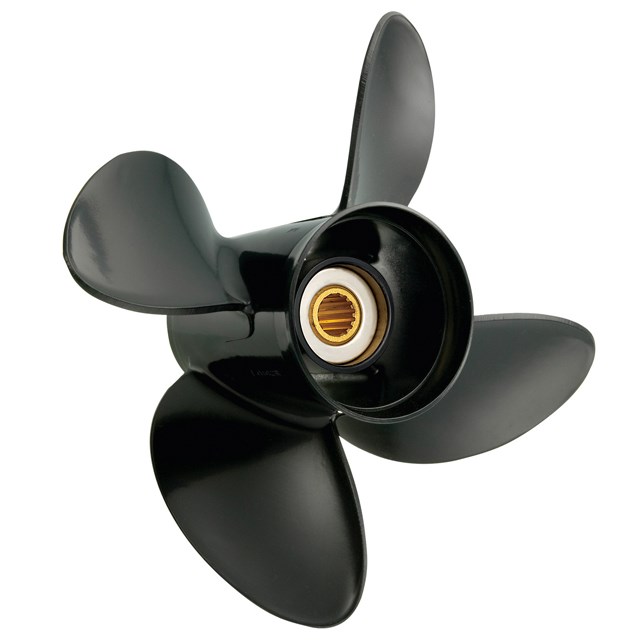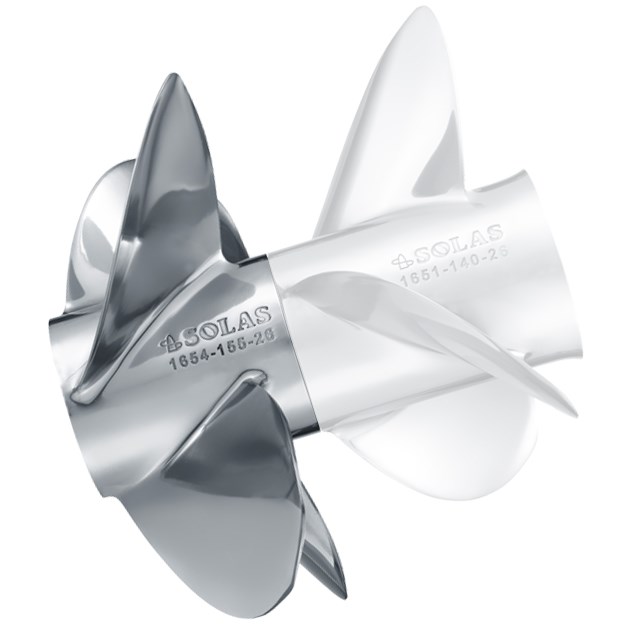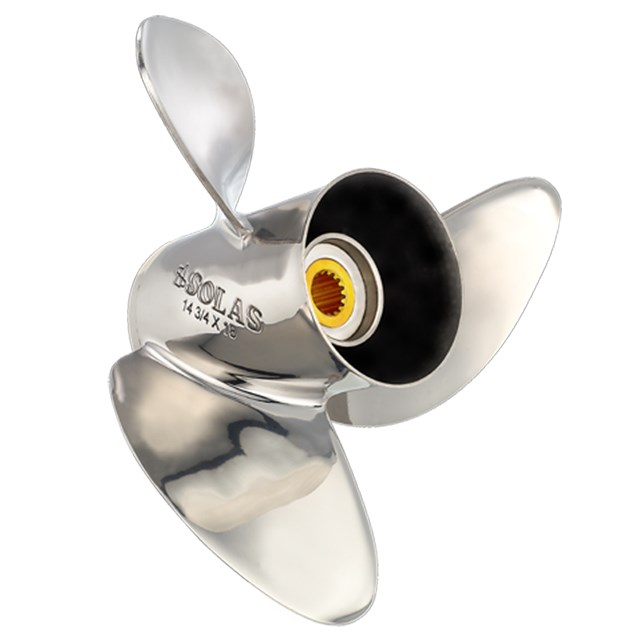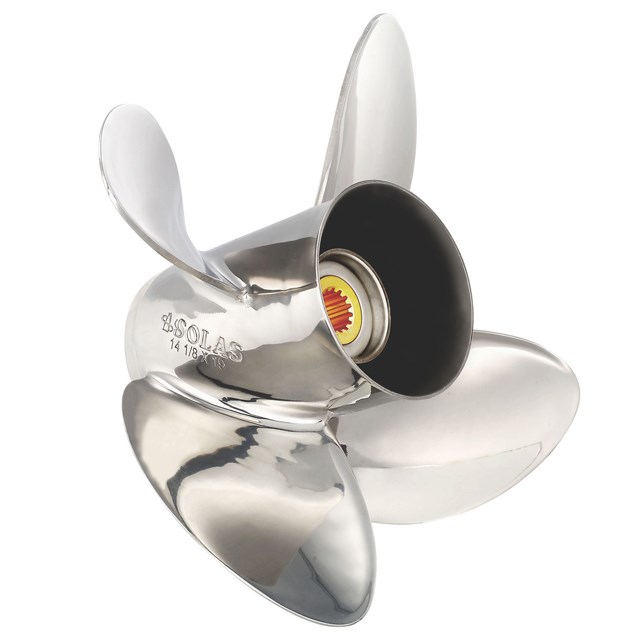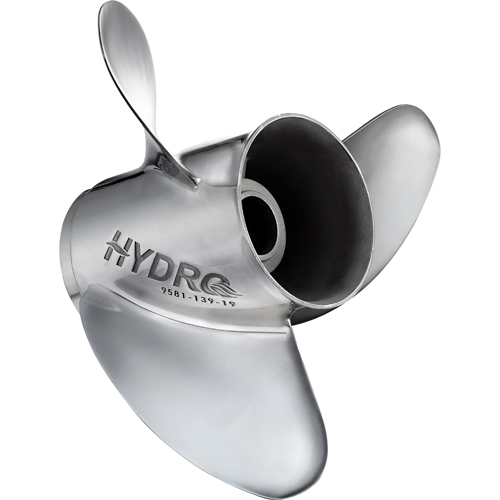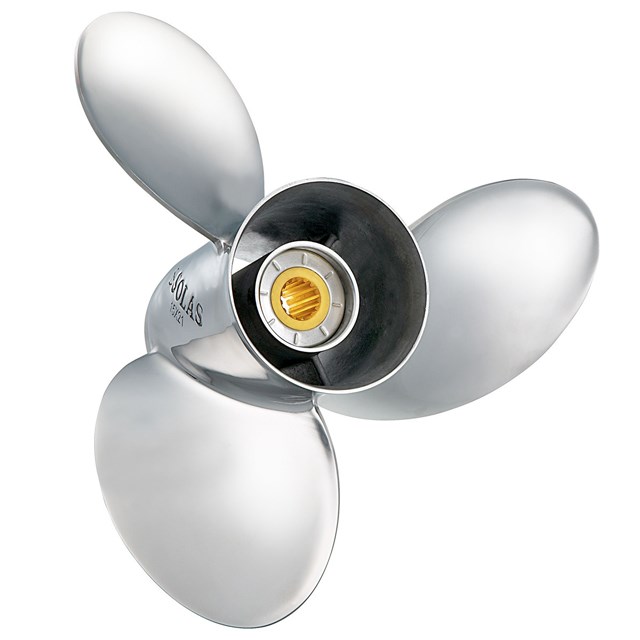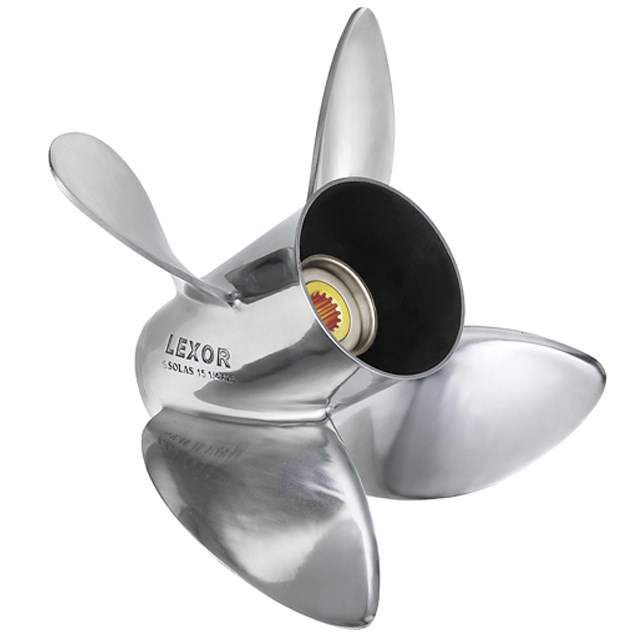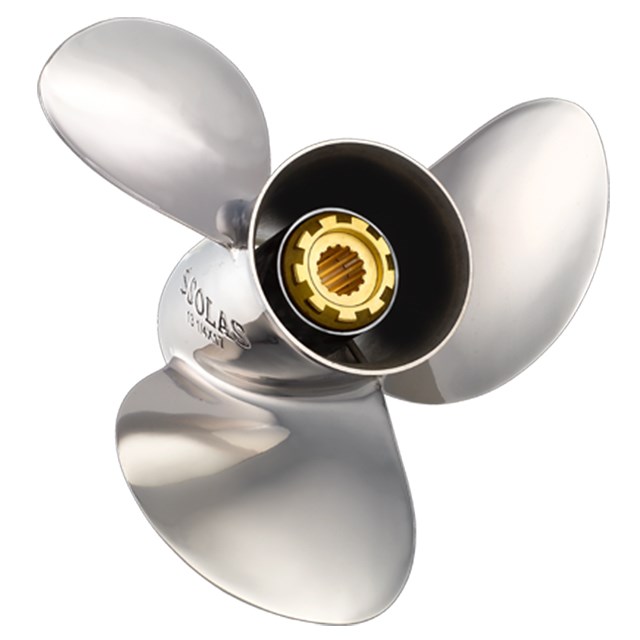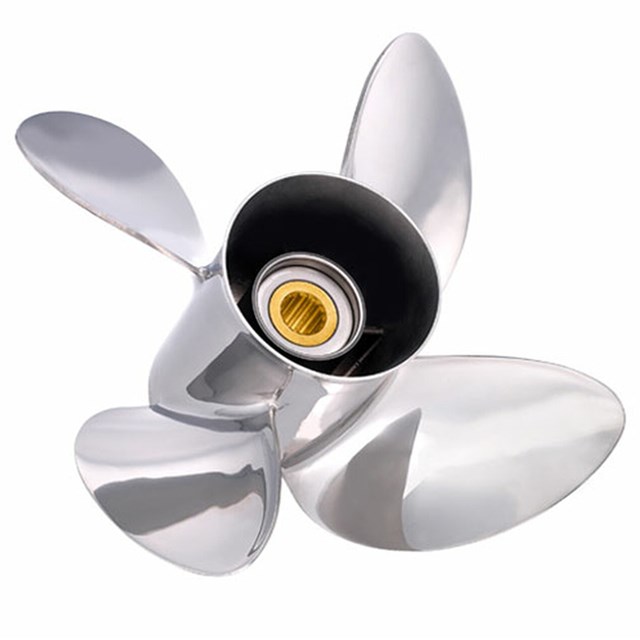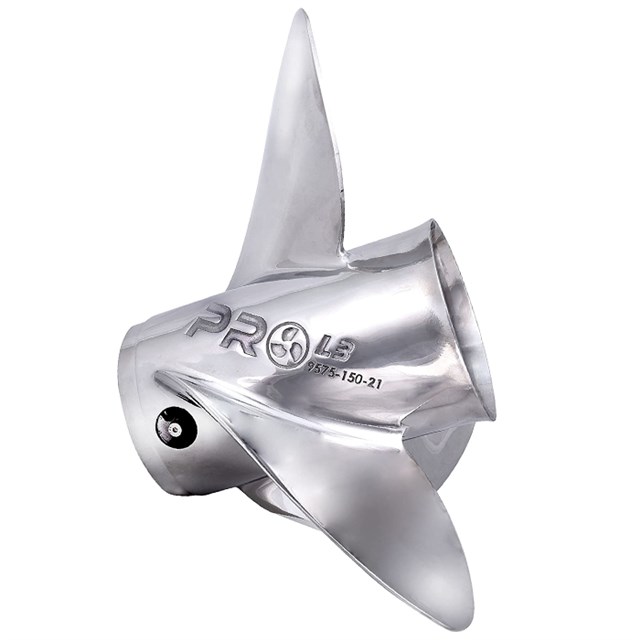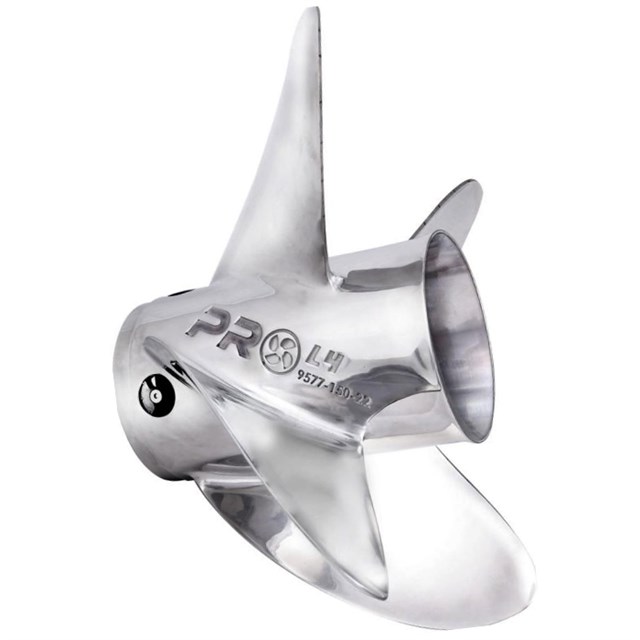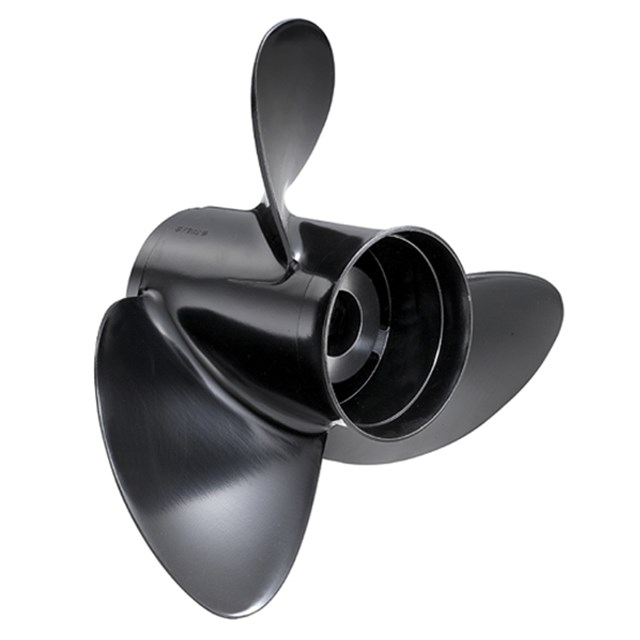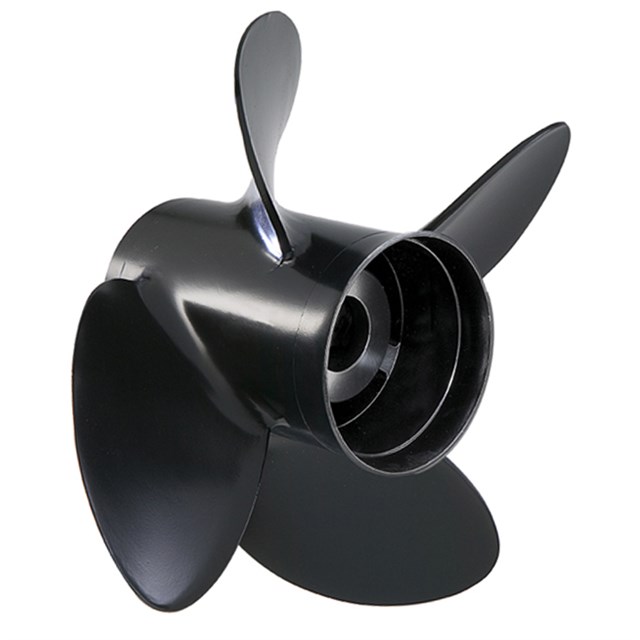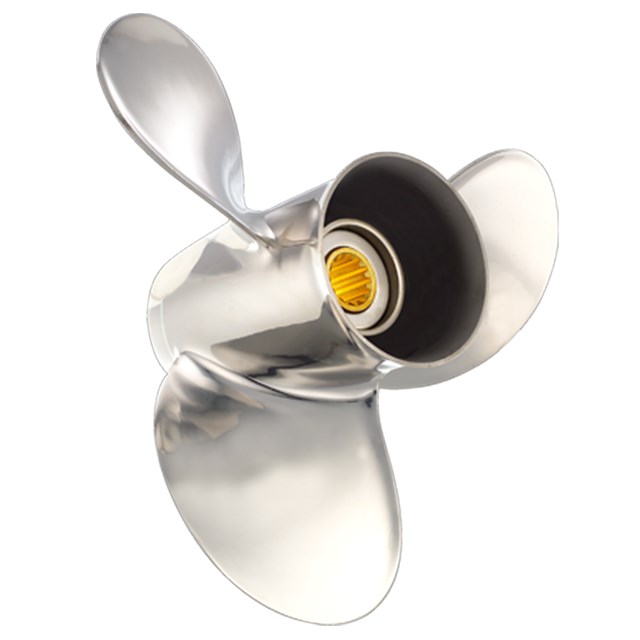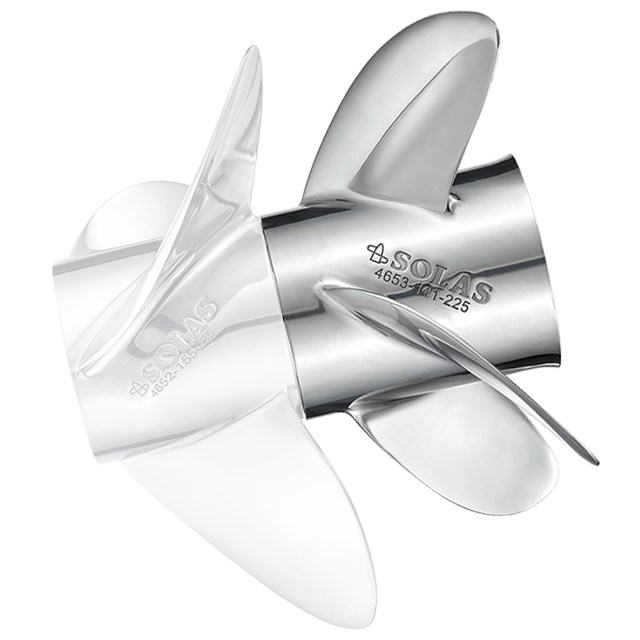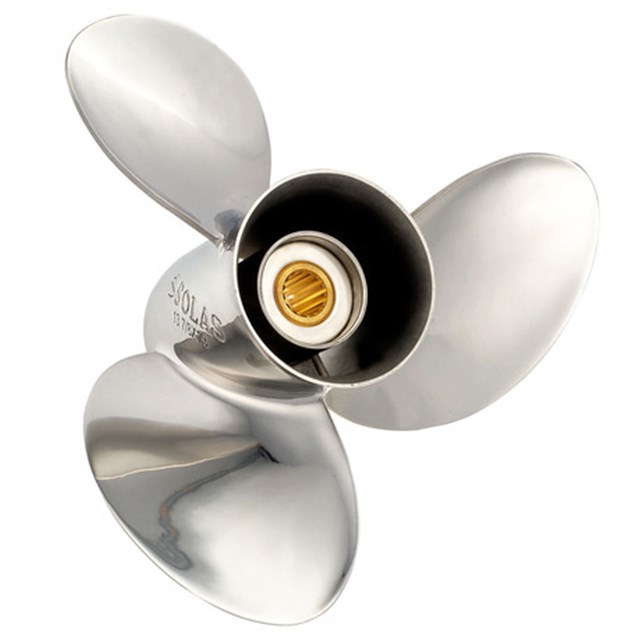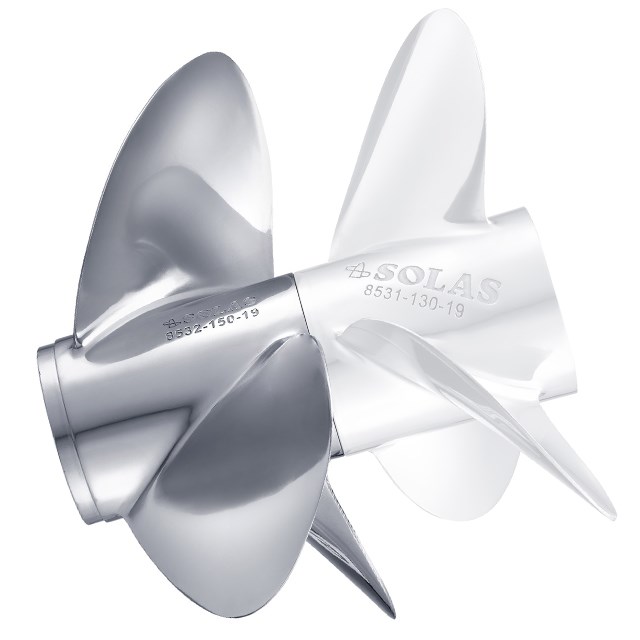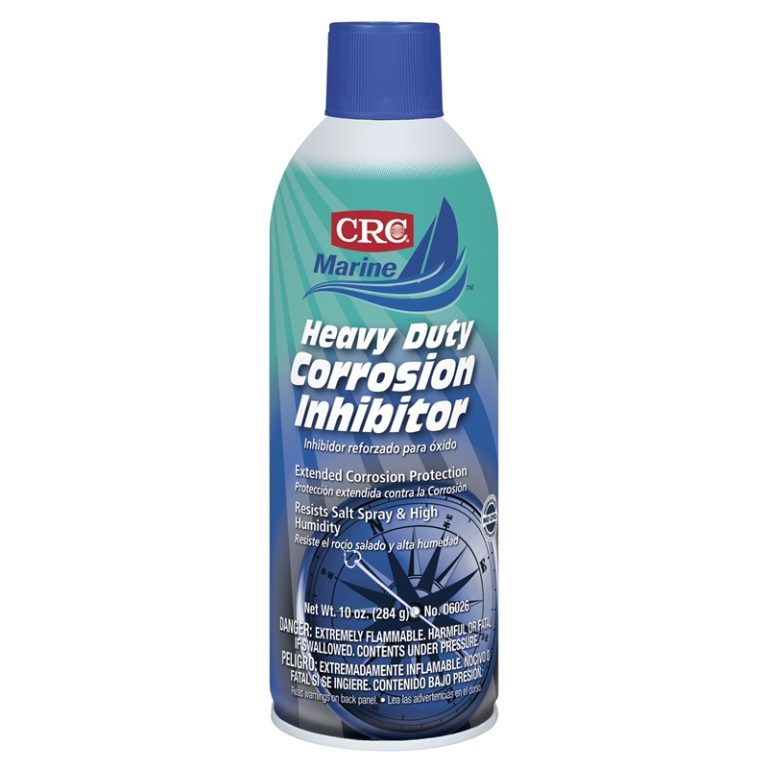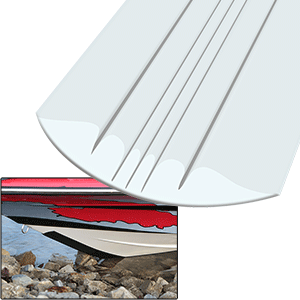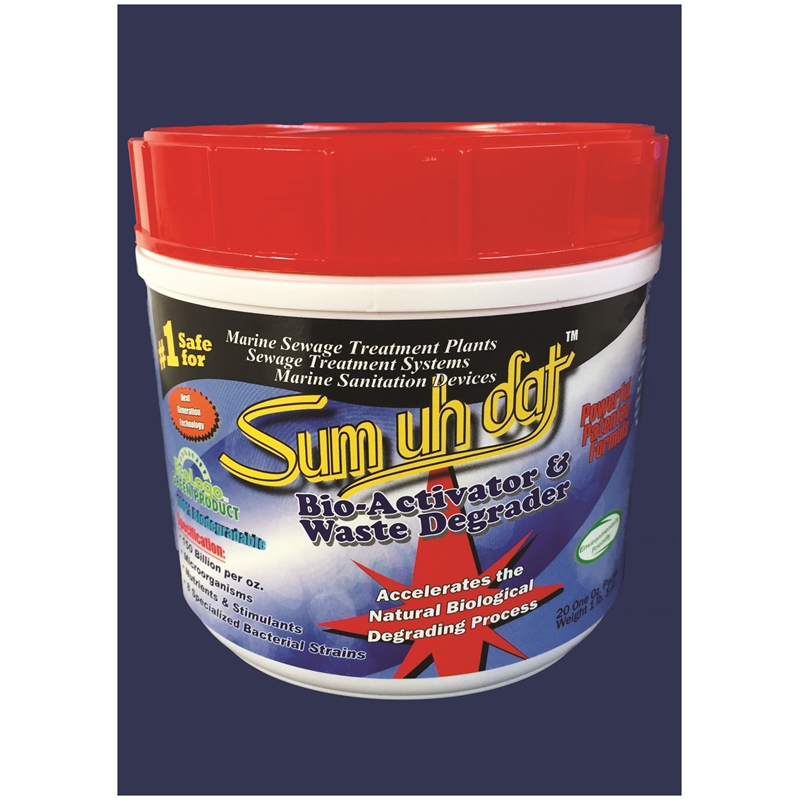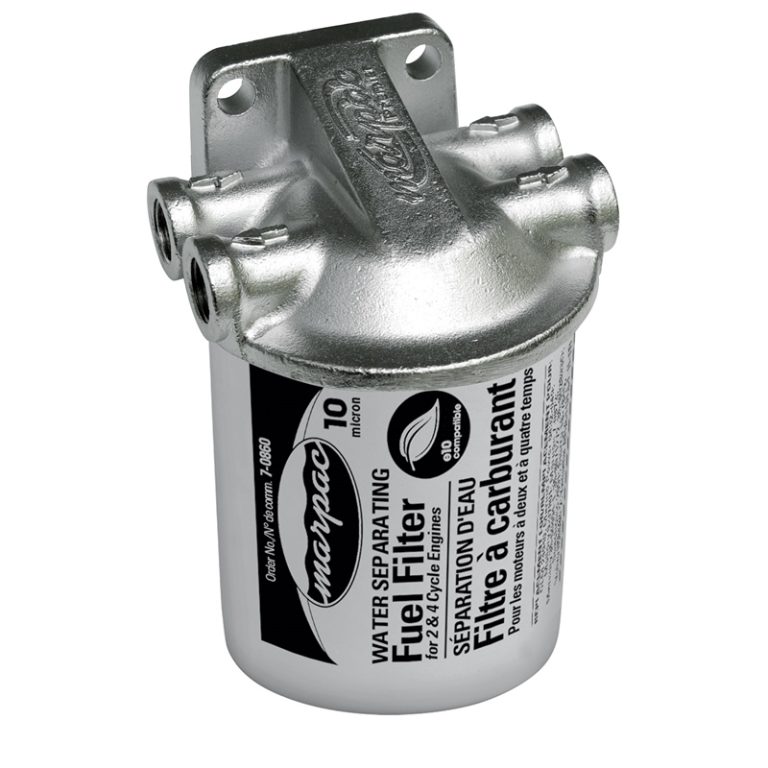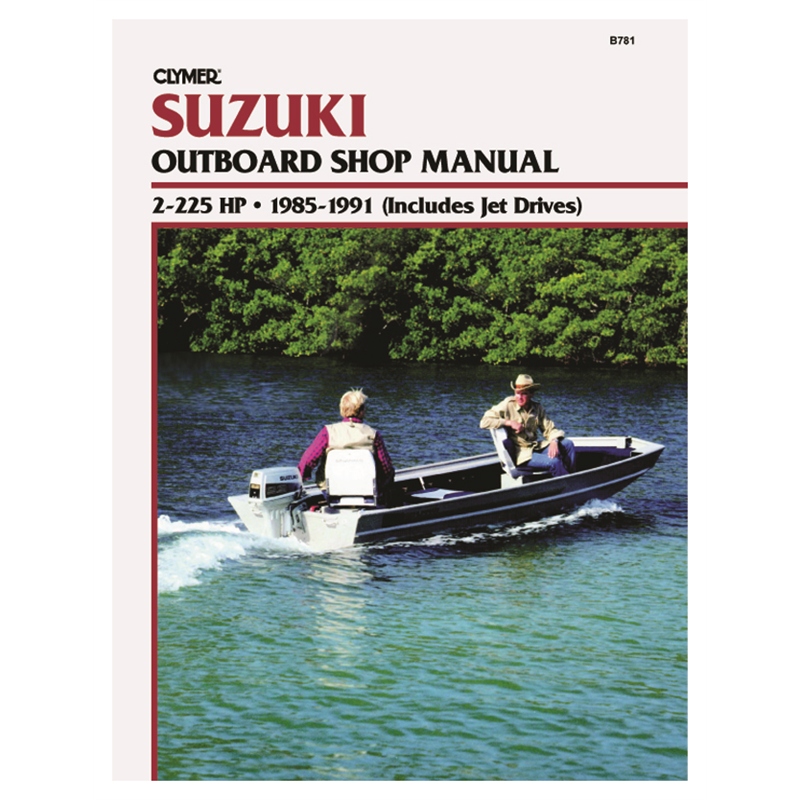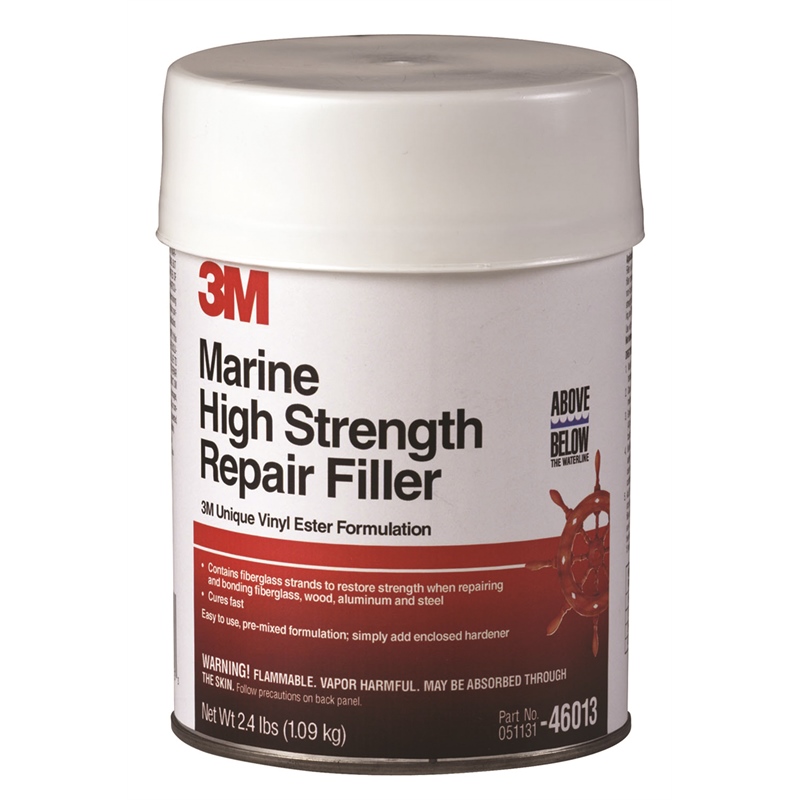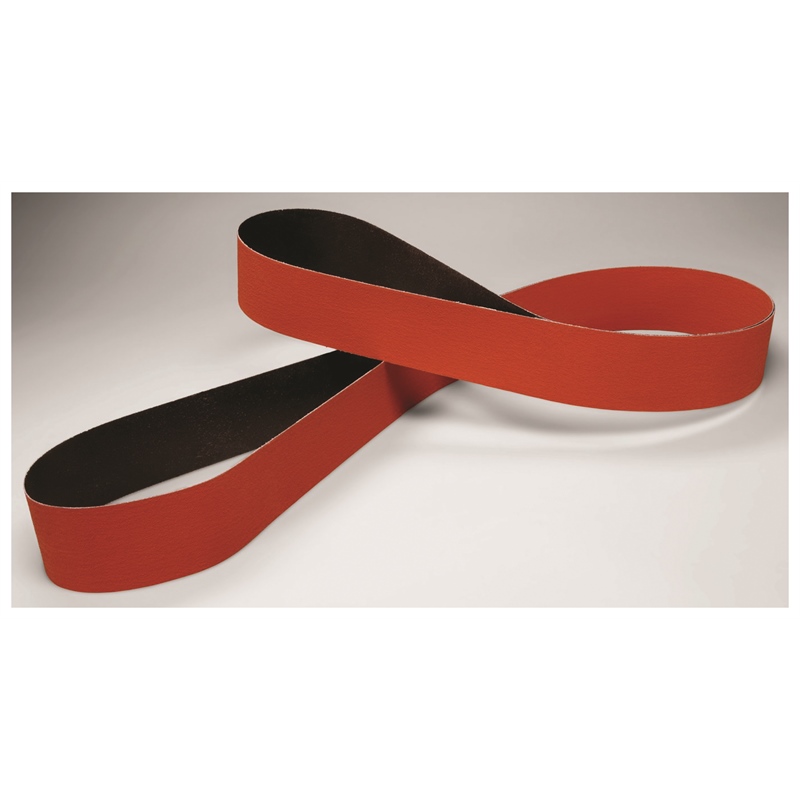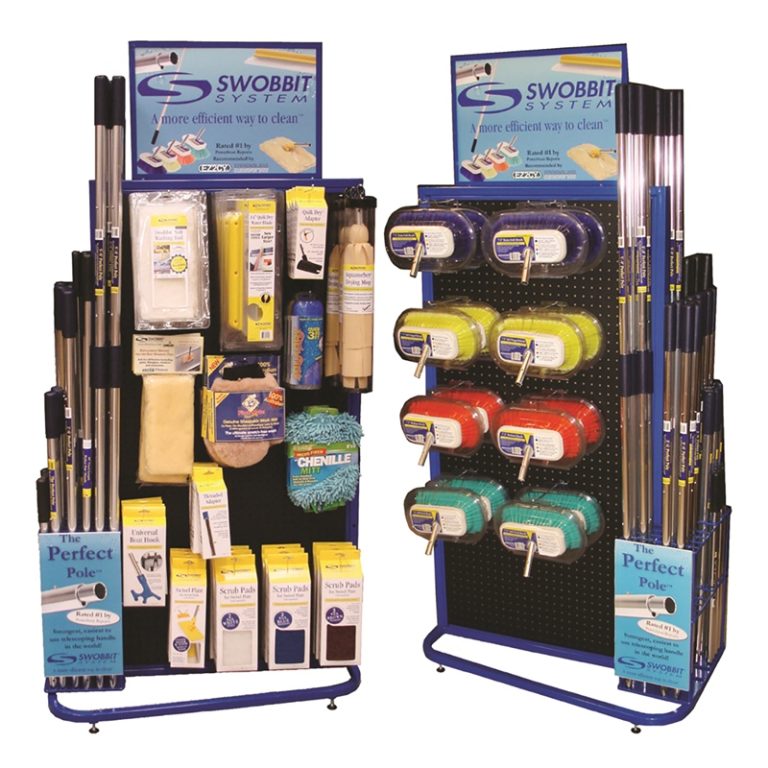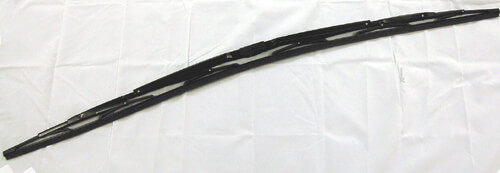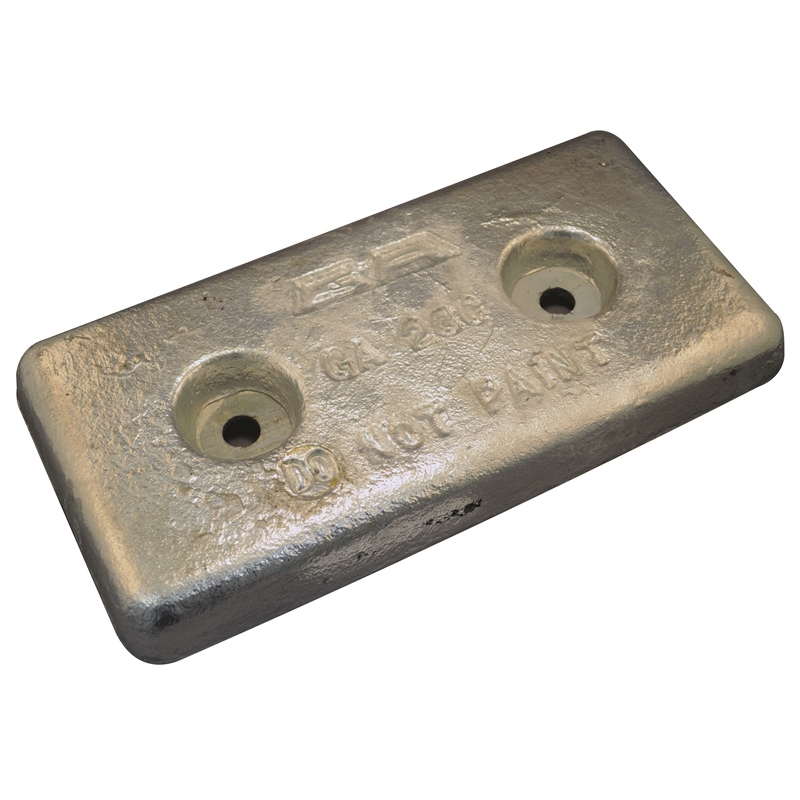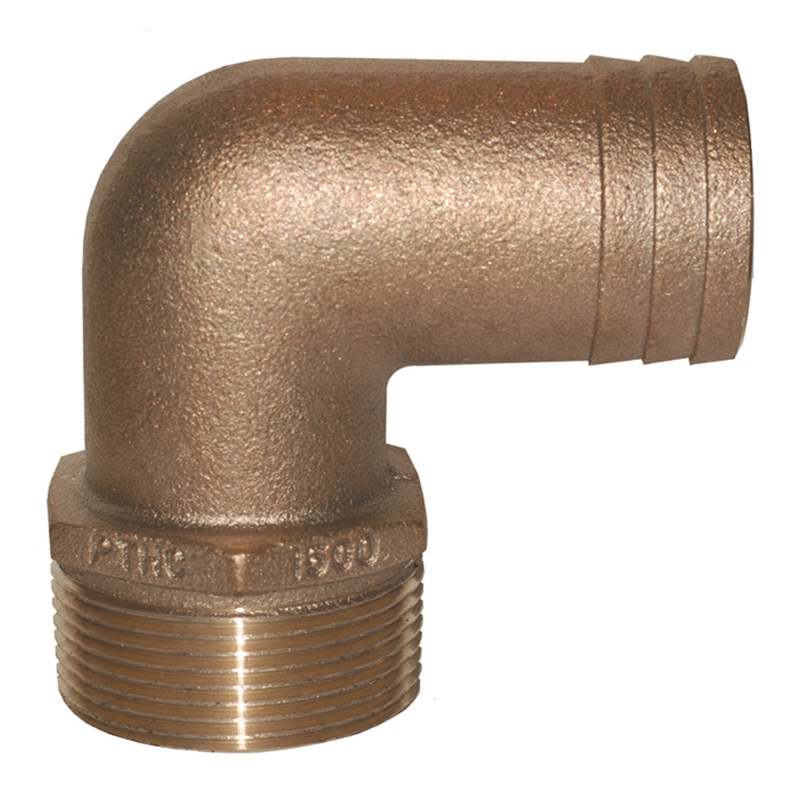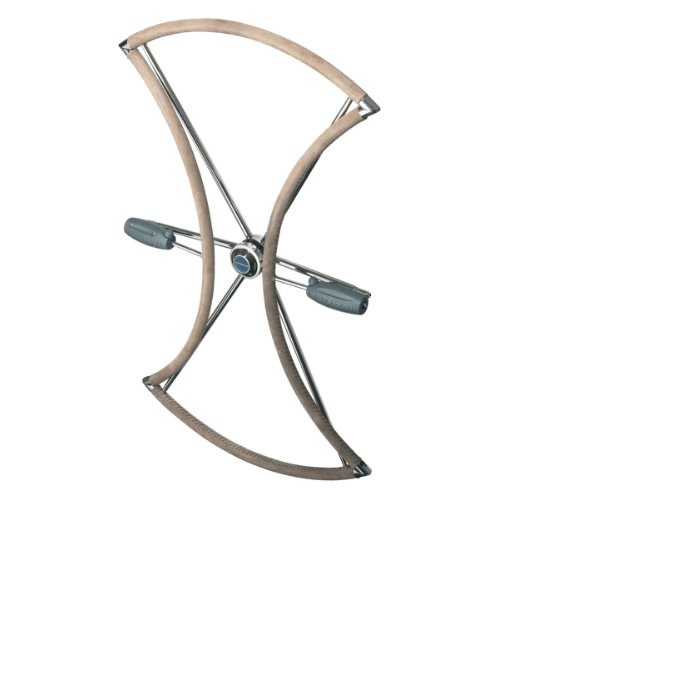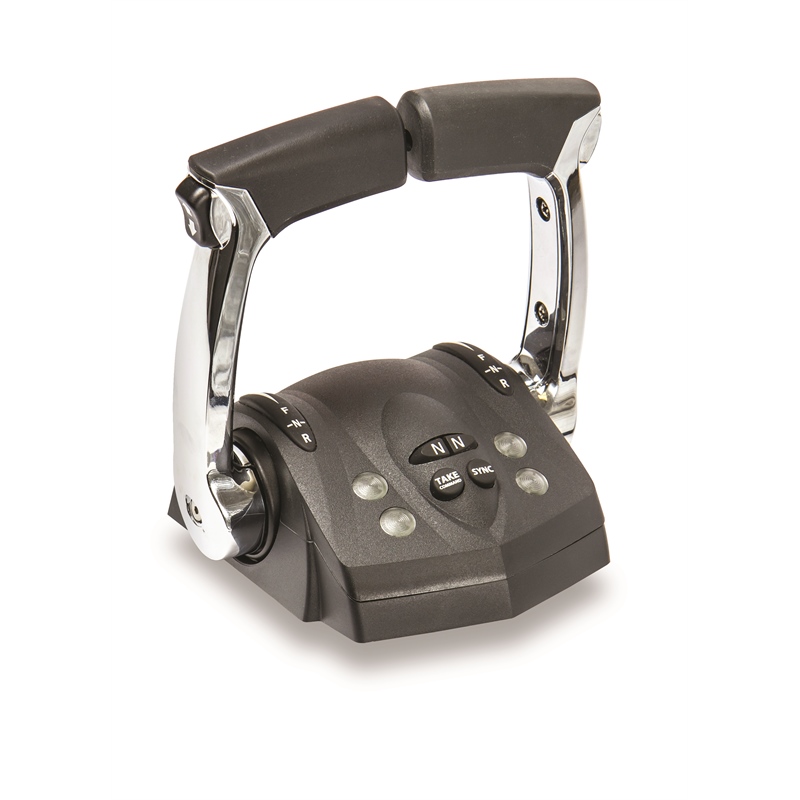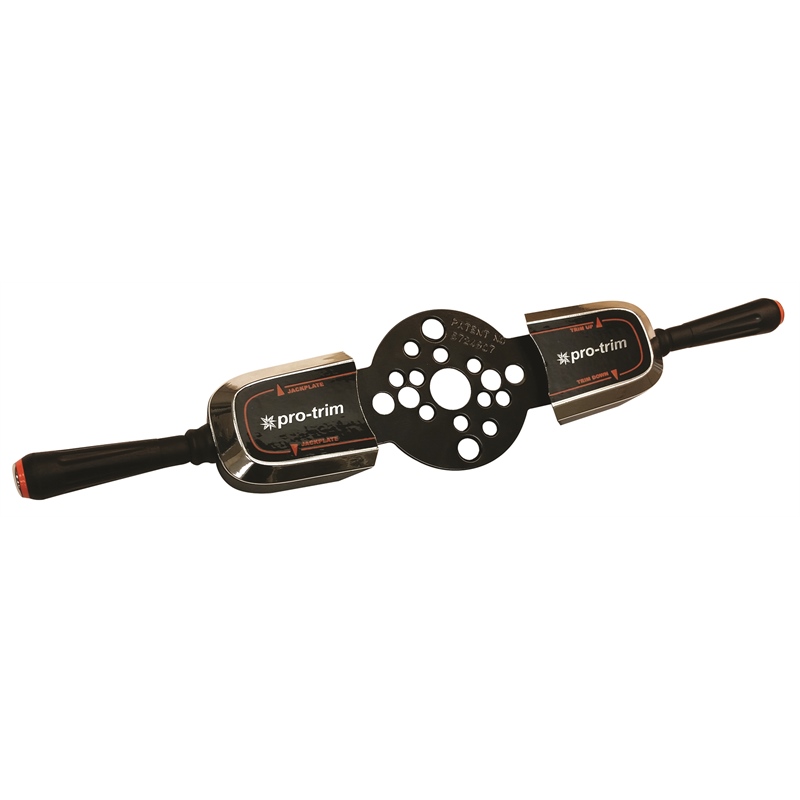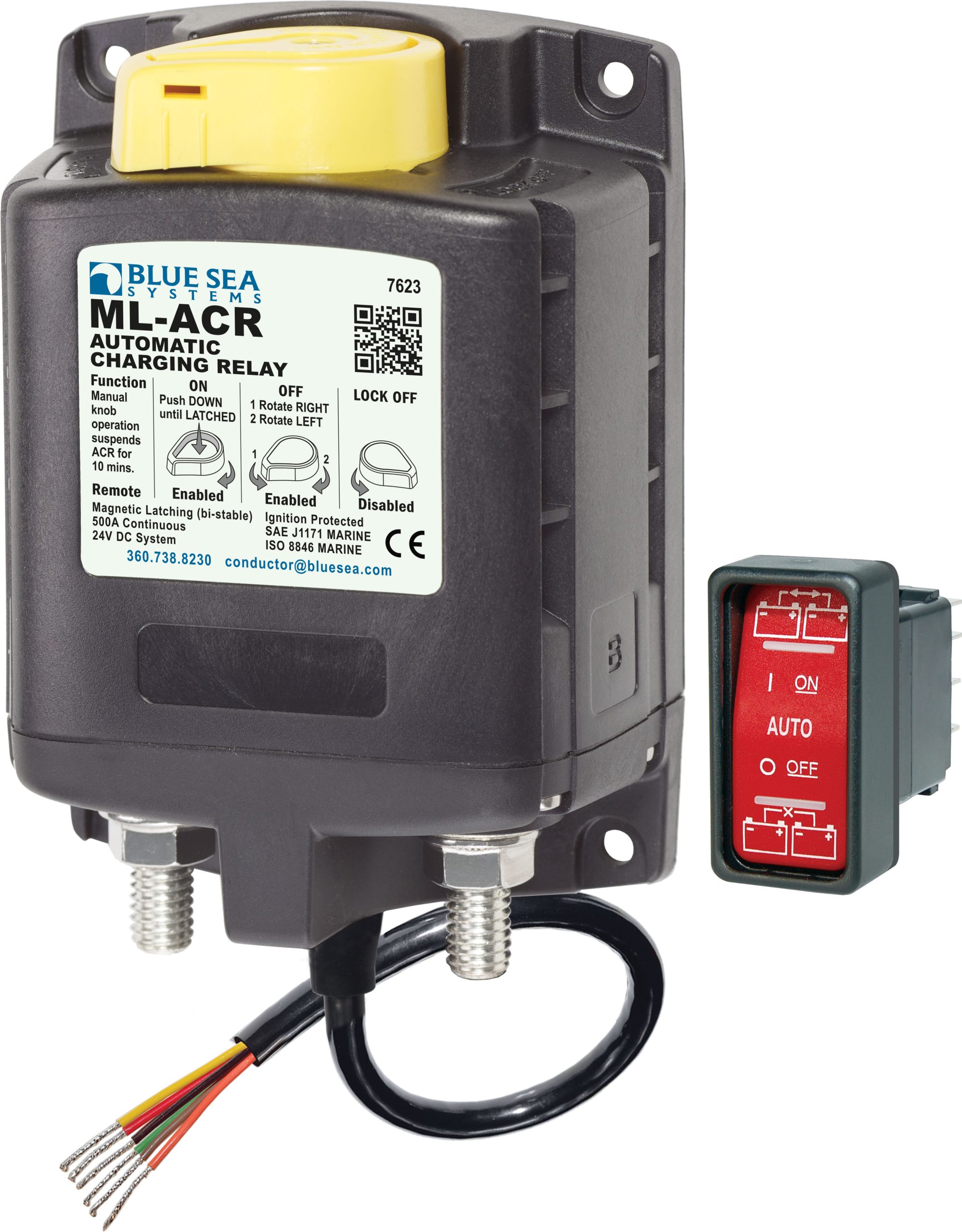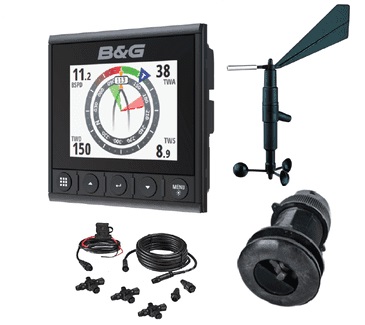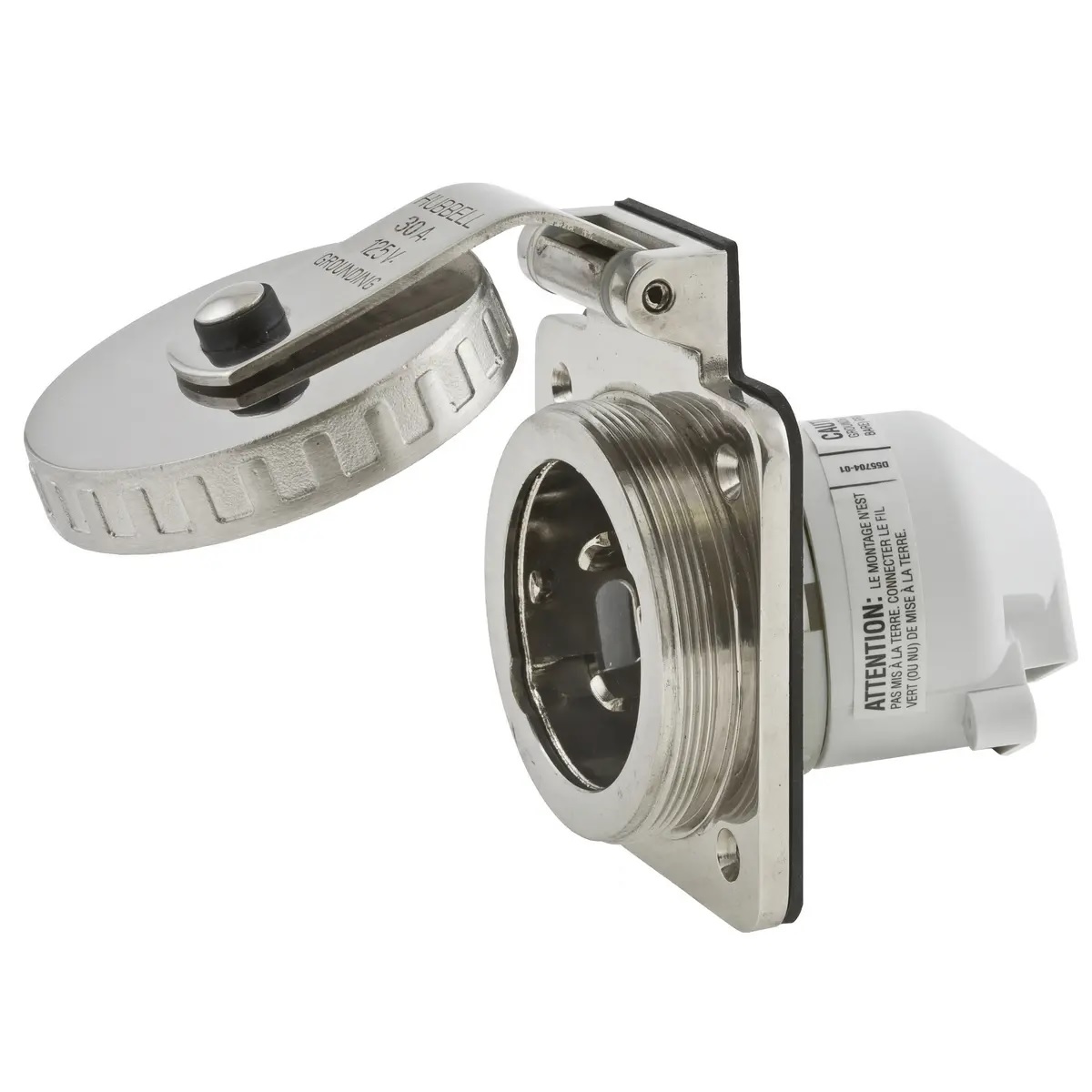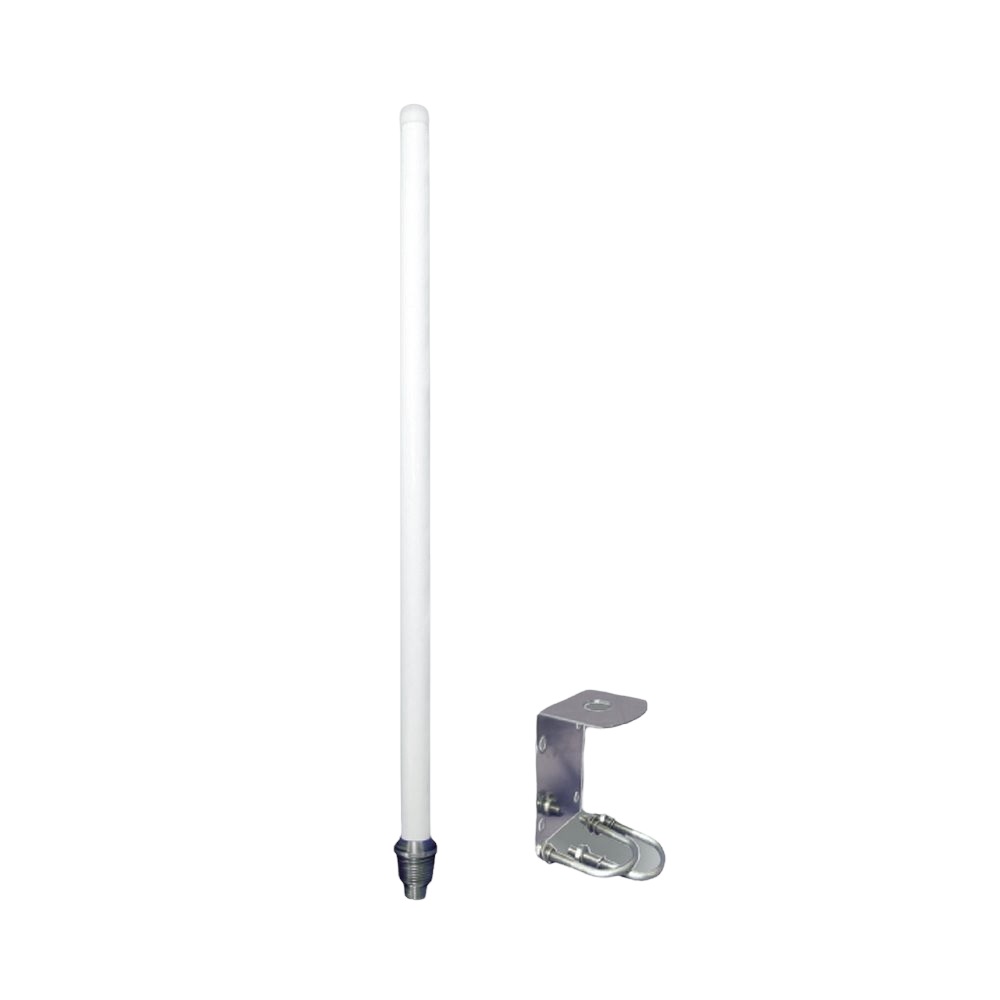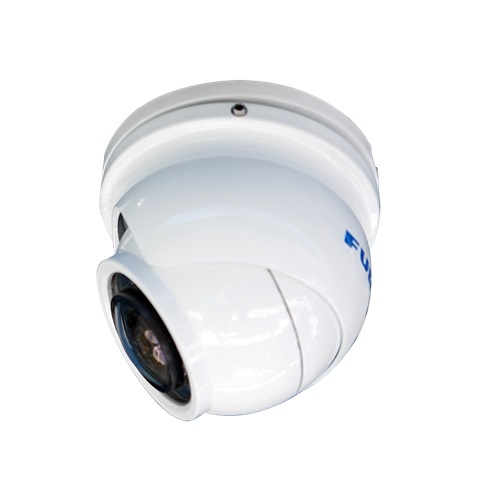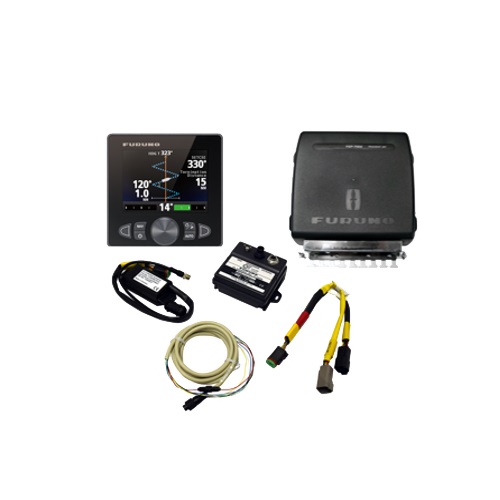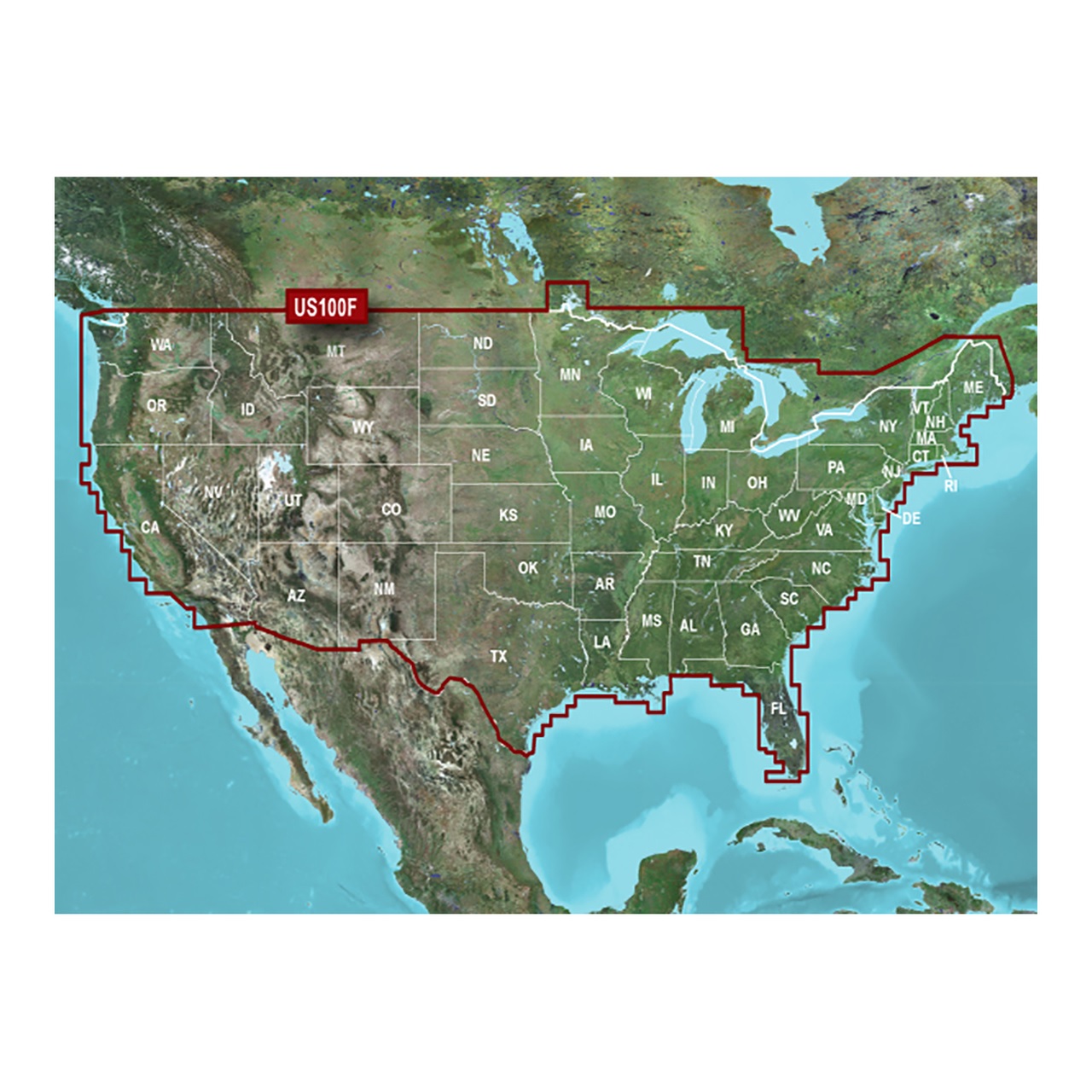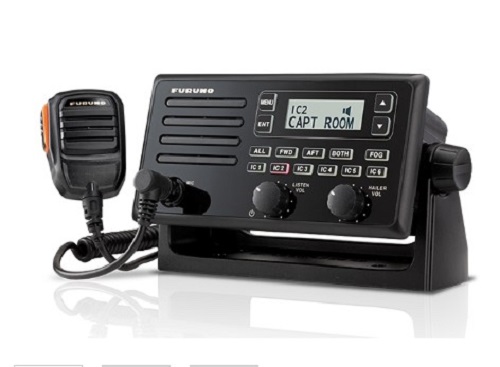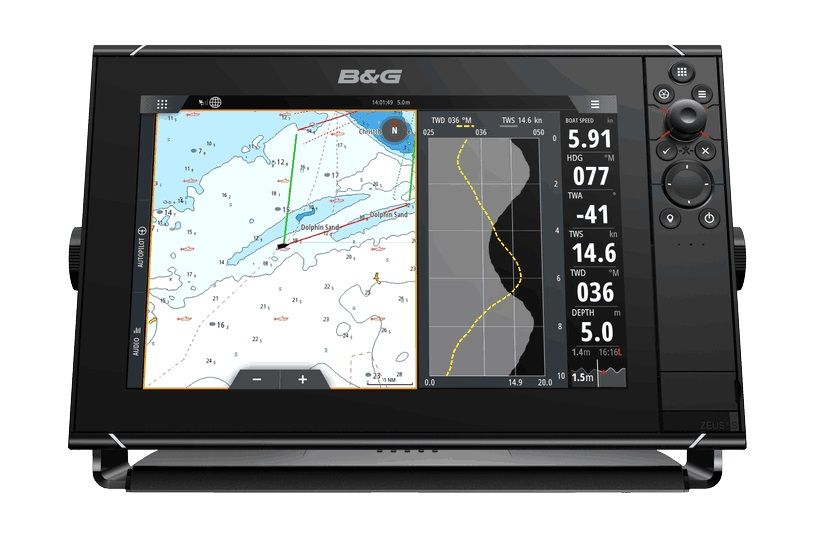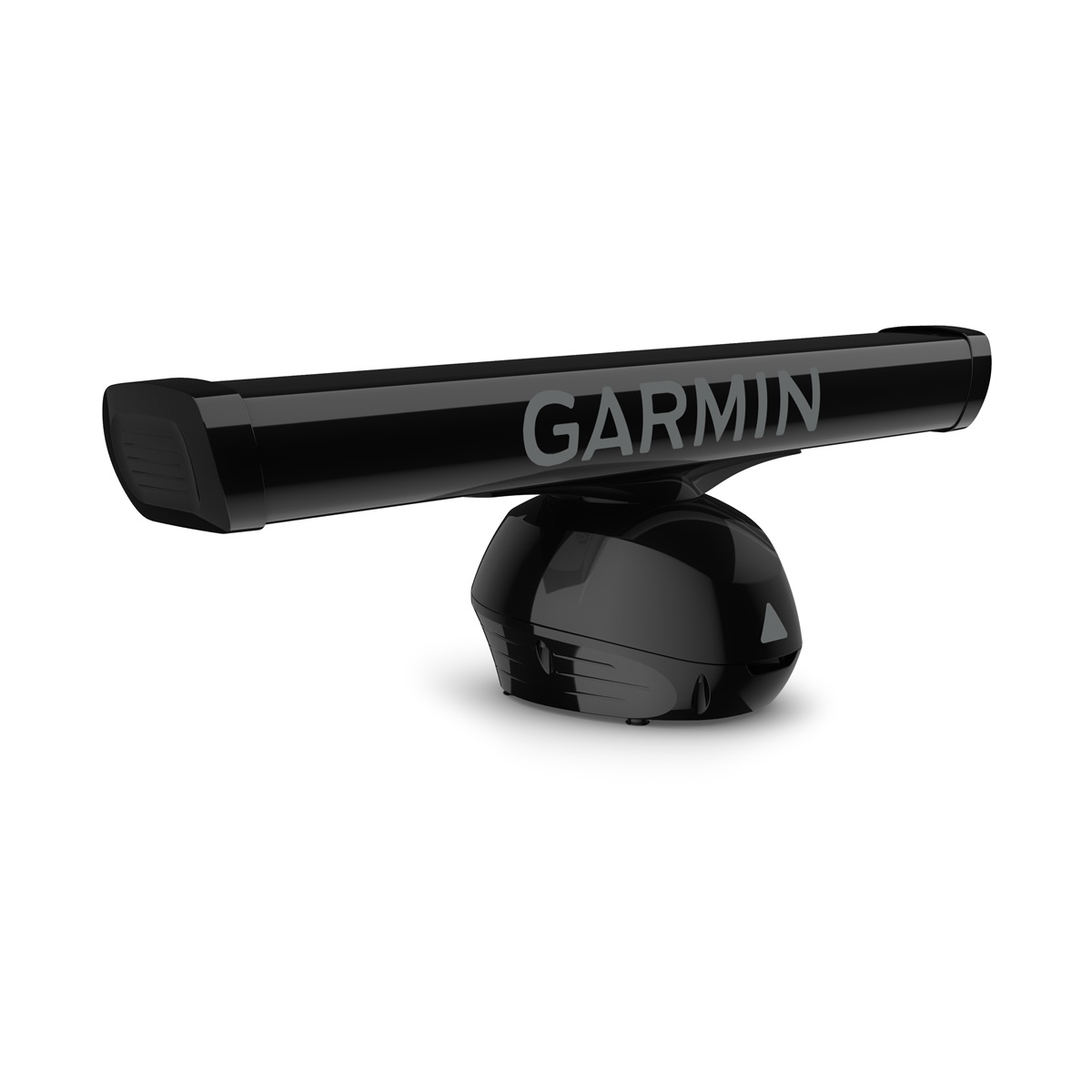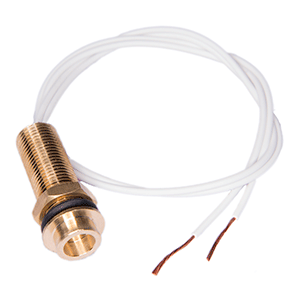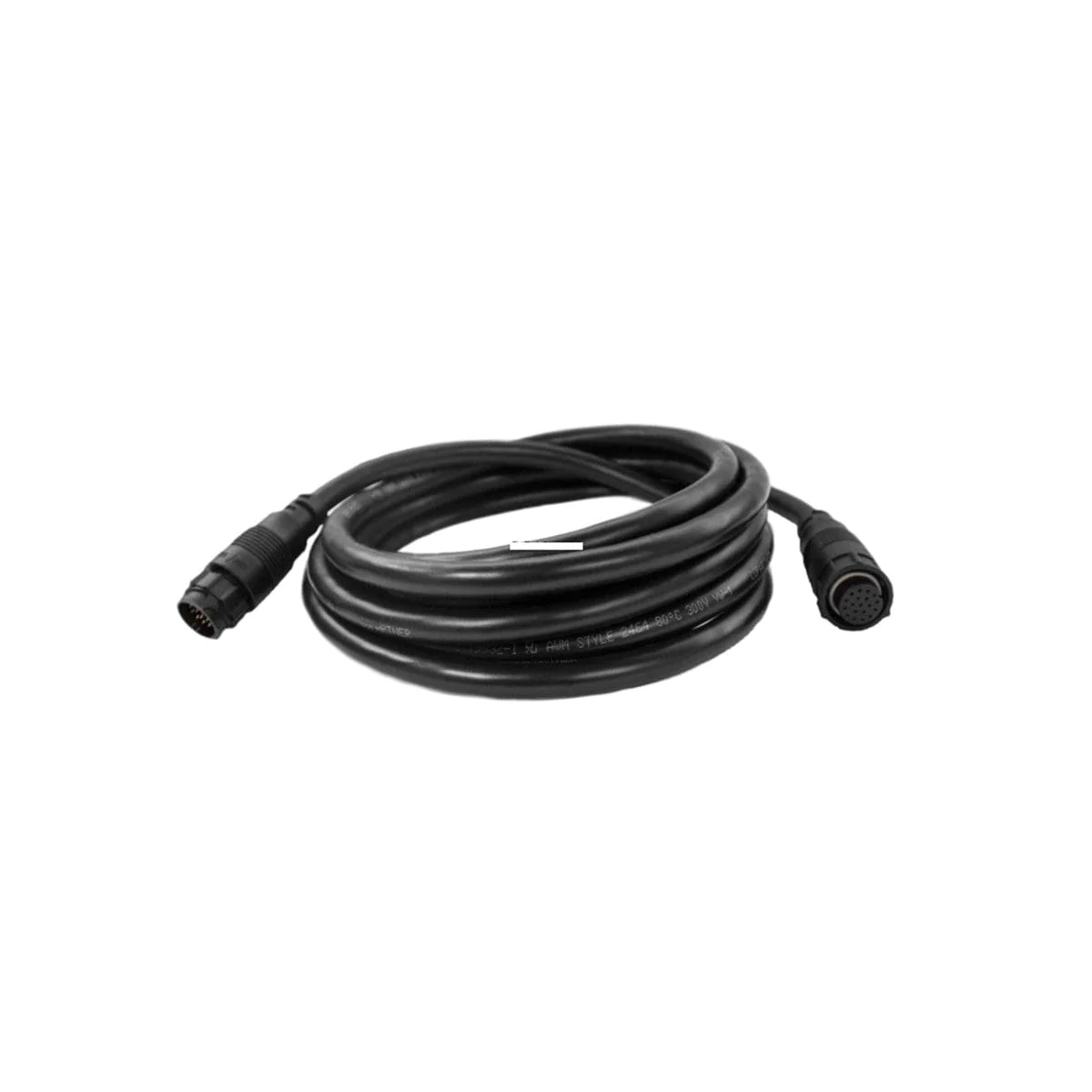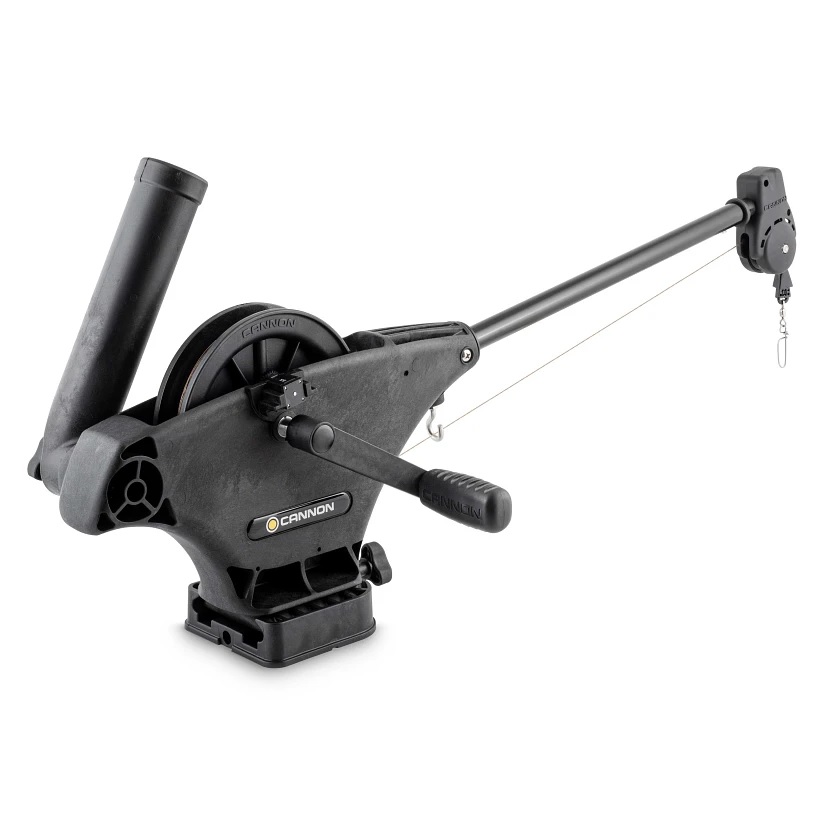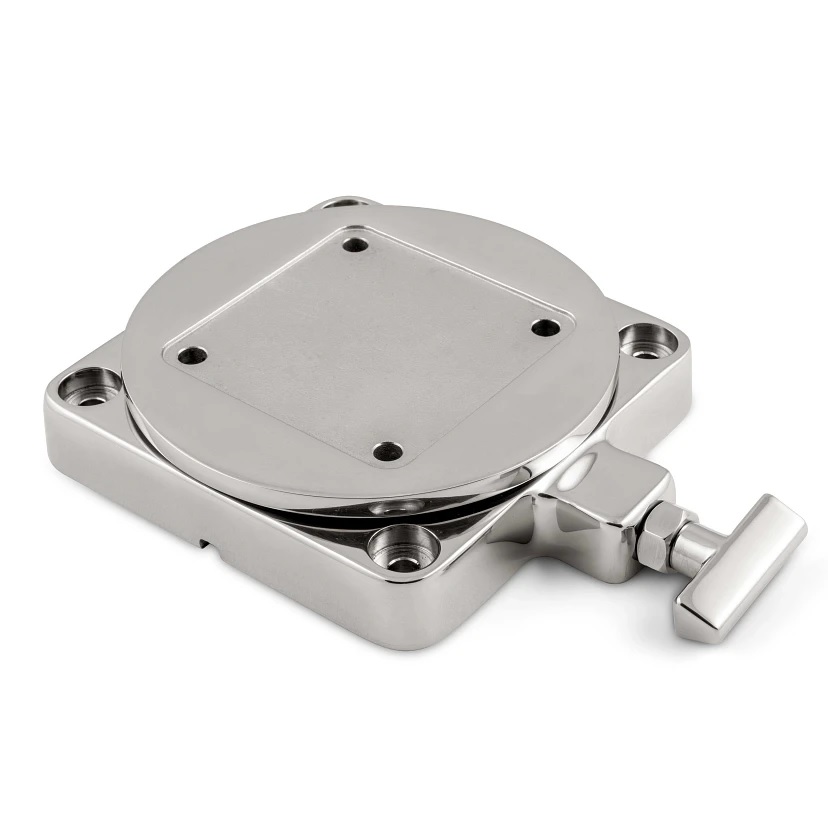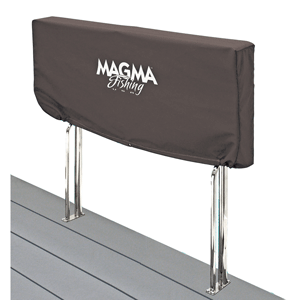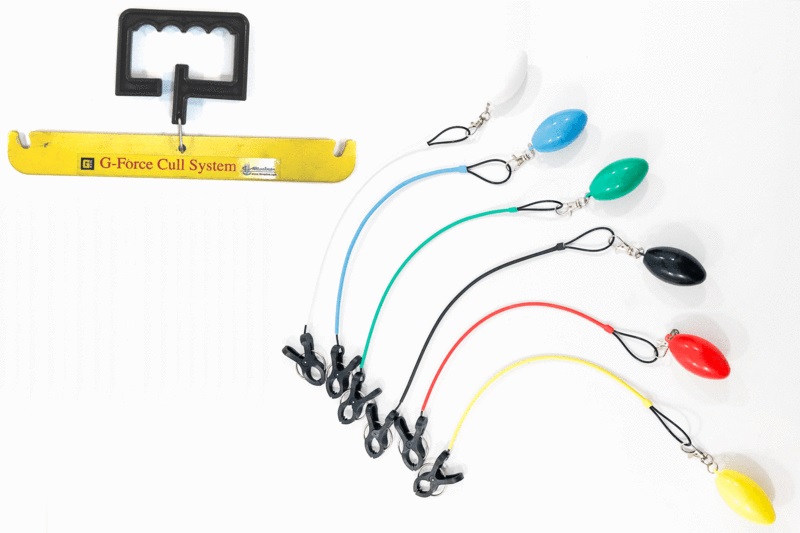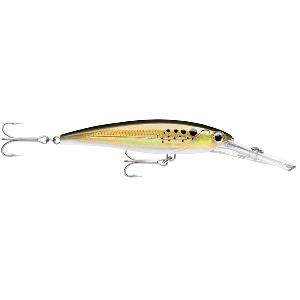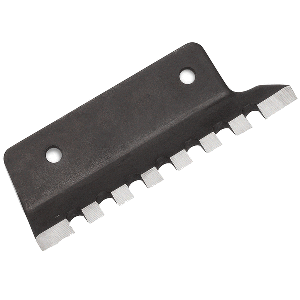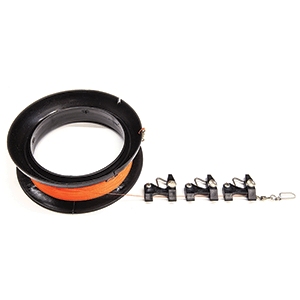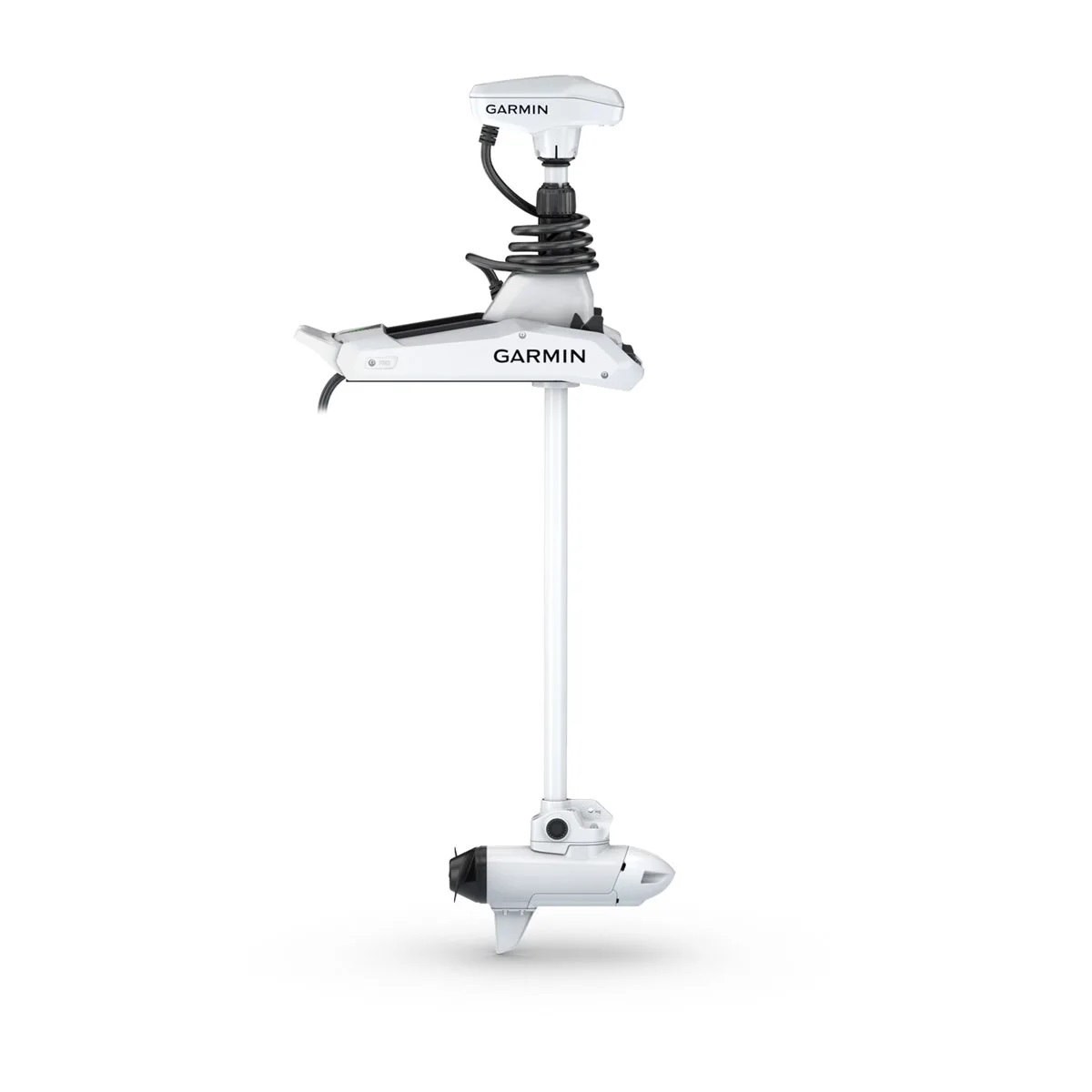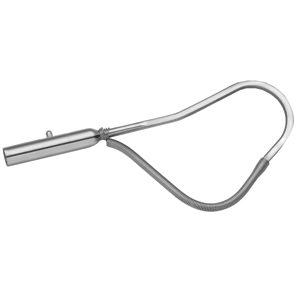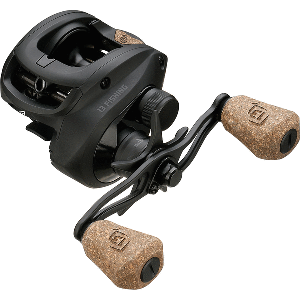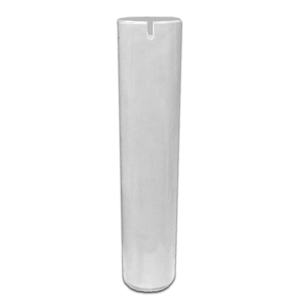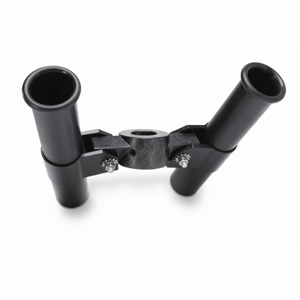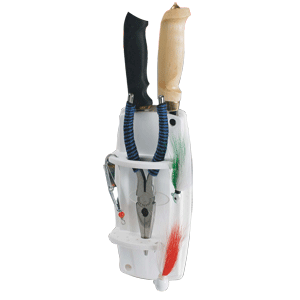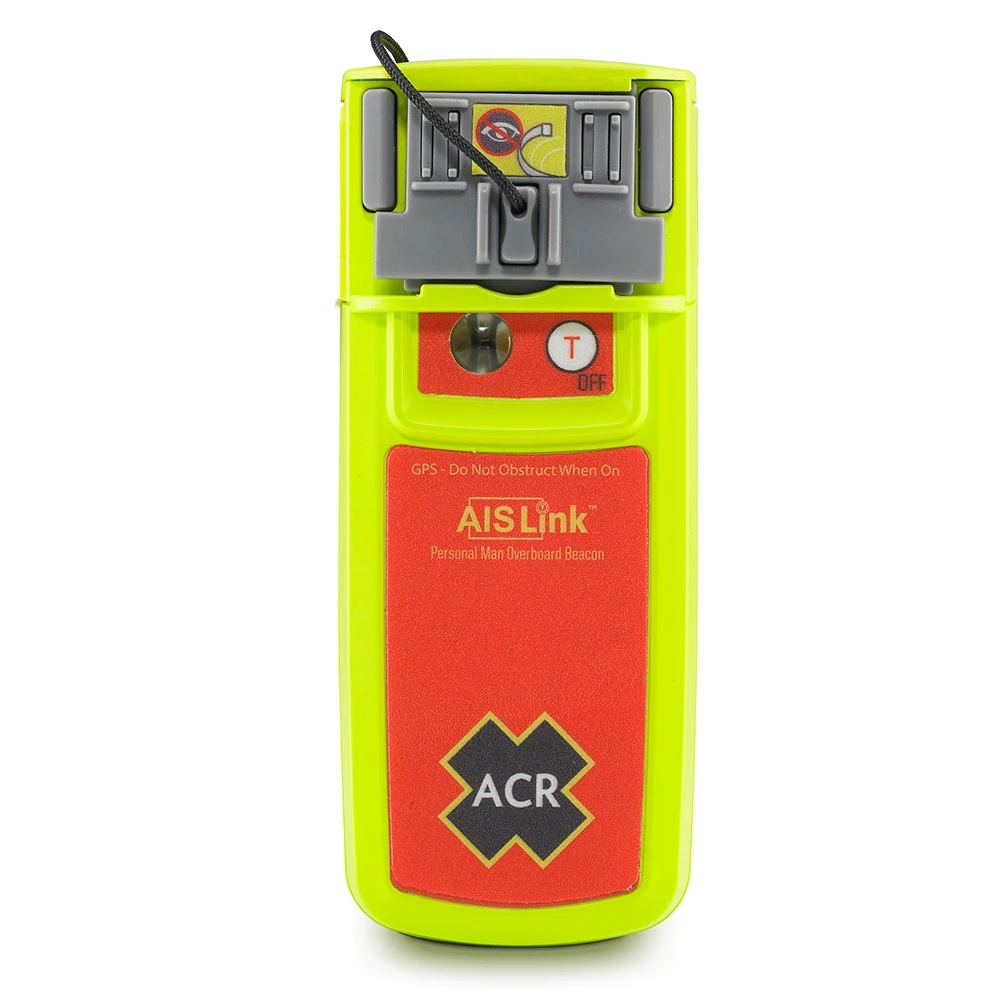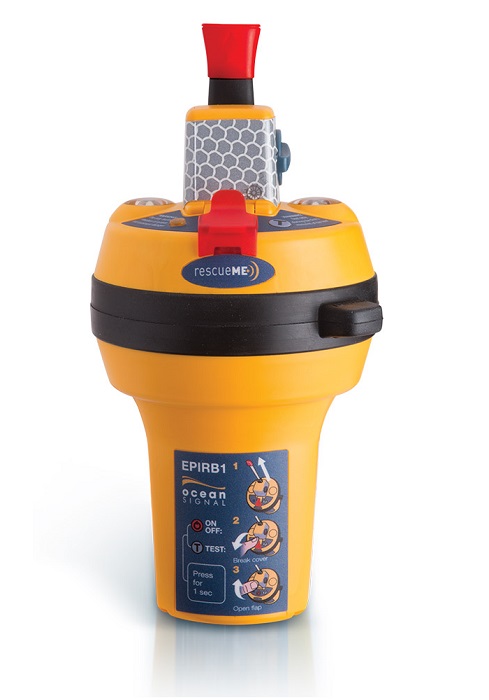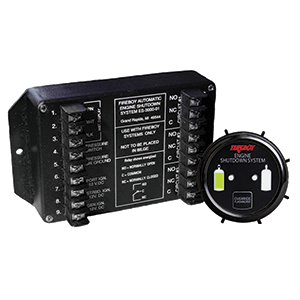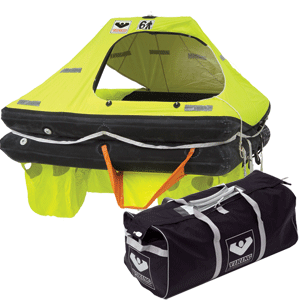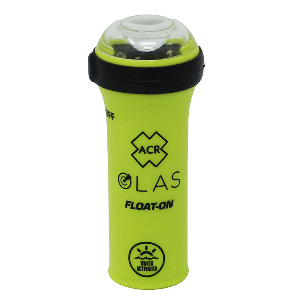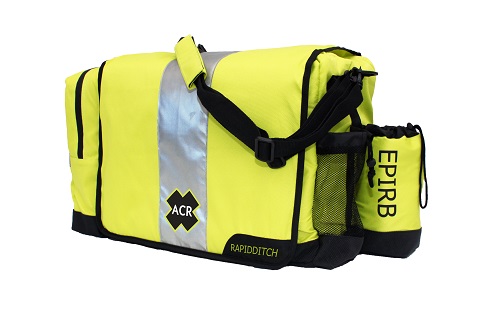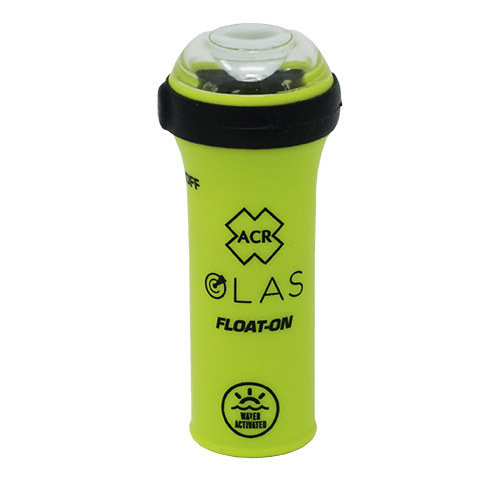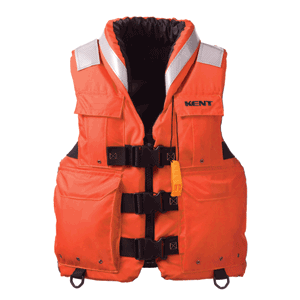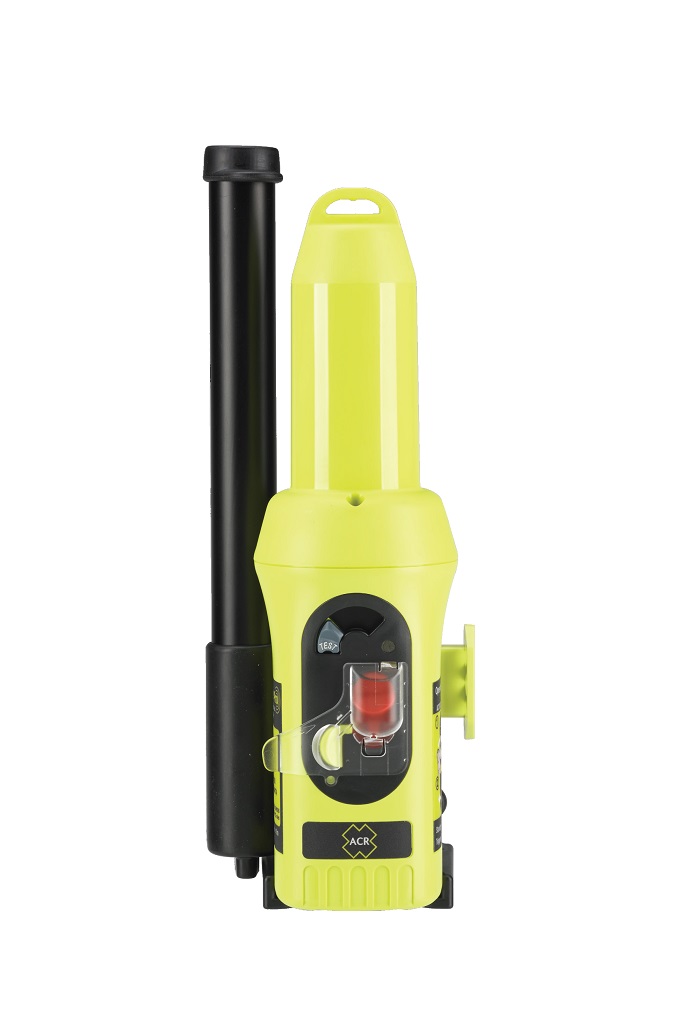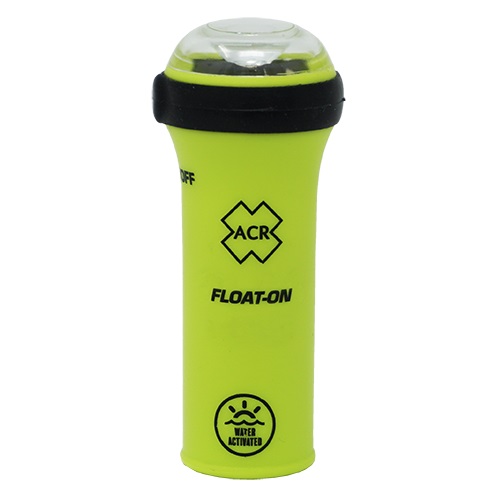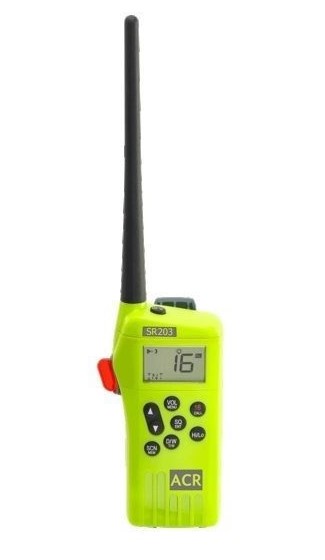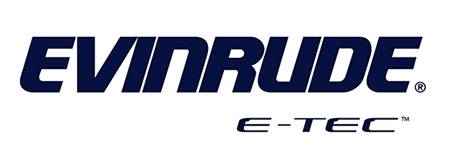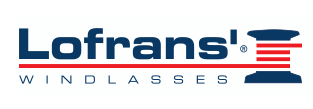Lower Unit Interchangeability for Yamaha V6 Outboards
Introduction
If you’re a Yamaha V6 outboard owner or marine technician, understanding the lower unit interchangeability for Yamaha V6 outboards is critical. Whether you’re upgrading, replacing, or repairing, having the right information can save time, money, and prevent serious mechanical issues on the water. This guide provides everything you need to know—from compatibility charts to expert recommendations, maintenance tips, and more.
Overview / What Is Lower Unit Interchangeability for Yamaha V6 Outboards
The lower unit of an outboard motor includes the gearbox, driveshaft housing, and propeller shaft—critical components that transfer engine power to the water. Lower unit interchangeability for Yamaha V6 outboards refers to the ability to replace the lower unit with either OEM or aftermarket versions across different engine models and years without performance loss or installation complications.
Yamaha’s V6 lineup includes 2-stroke and 4-stroke engines ranging from 150HP to 300HP. Some of these motors can accept the same lower unit, but only if certain conditions match—like gear ratios, driveshaft length, and spline count.
Compatible Models and Years: What You Need to Know
When exploring lower unit swaps, matching key specifications is essential. Here’s a breakdown of compatible Yamaha V6 outboards:
- 150HP to 200HP 2-stroke and early 4-stroke (1984–2004): Many use a 2.0:1 or 1.86:1 gear ratio with a 20/25″ shaft and 13-spline driveshaft.
- F150, F175, F200 (2004–2024): These engines typically share mounting dimensions but may vary in gear ratio.
- F225, F250, F300 (Post-2006): Heavier-duty gearcases with 1.75:1 ratio, often not interchangeable with lighter models.
Always verify gear ratio, spline count, shift shaft style, and driveshaft length before swapping lower units.
How to Identify If Your Yamaha V6 Lower Unit Is Interchangeable
To determine interchangeability, check these identifiers:
- Model Number: Found on the transom bracket. Key in matching with other compatible motors.
- Gear Ratio: Located on the original unit or in service manuals. Swapping with a mismatched ratio can severely affect performance.
- Driveshaft Length: Short (20″), long (25″), and extra-long (30″)—must match your midsection length.
- Shift Type: Mechanical vs. digital (DEC); they require different shift linkage designs.
If unsure, consult Yamaha’s parts catalog or a certified marine technician before installation.
Common Compatibility Challenges and Troubleshooting
Swapping Yamaha V6 lower units isn’t always plug-and-play. Some issues users face include:
- Gear Ratio Mismatch: Causes improper RPM, reduced top-end speed, or cavitation.
- Shift Shaft Alignment: Misalignment can cause stuck gears or delayed engagement.
- Cooling Line Incompatibility: Some units have different water intake designs—check for proper flow.
For best results, stick with aftermarket lower units that specify compatibility by year, horsepower, and shaft length, such as those from SEI or remanufactured OEM units.
Maintenance Tips
Routine maintenance ensures longevity and smooth operation of your Yamaha V6 outboard lower unit. Follow these essential tips:
- Change Gear Oil Every 100 Hours: Use SAE 90 marine-grade gear oil. Look for metal flakes as signs of wear.
- Inspect Seals and Gaskets: Worn gaskets around the prop or shift shaft can cause water intrusion—use pressure/vacuum testing annually.
- Grease Driveshaft Spline: Always apply marine grease before installing the lower unit to prevent seizing.
- Flush Cooling System: After every use, especially in saltwater, to prevent corrosion and mineral buildup.
Expert Advice and Pro Recommendations
Marine mechanics and boat performance pros emphasize the importance of compatibility testing before purchasing. According to industry experts:
“Many boaters assume a 200HP Yamaha V6 lower unit will fit any 200HP motor—but changes in shaft design or gear ratios between years can make it incompatible.”
Professional tips:
- Use online parts schematics from Yamaha or authorized sellers before purchasing.
- Choose units that include water pump kits and shift shafts for seamless installation.
- If buying aftermarket, select brands like SEI or remanufactured OEM models for guaranteed fit.
Best Lower Unit Options for Yamaha V6 Outboards
Here are top-rated replacement options based on price, durability, and ease of installation:
- SEI 90-416: Interchangeable with 150–200HP V6 Yamaha 2 & 4-stroke engines (20/25” shaft)
- YA-G4-06: Fits F150, F175, F200 (2004–2024) with high-grade components
- OEM Remanufactured Units: Cost more, but provide factory fit and finish
When replacing, always confirm spline count and driveshaft measurements.
Lower Unit Interchangeability Cost and Durability
Swapping to a compatible Yamaha V6 lower unit can cost between $800 and $2,500, depending on whether it’s aftermarket or OEM. Durability varies:
- OEM Units: 10–15 years with proper care
- Aftermarket Units: 5–10 years; brands like SEI provide 3-year warranties
Maintenance, proper installation, and avoiding running aground all impact lifespan significantly.
Detailed FAQ Section
Can I swap a 150HP Yamaha V6 lower unit with a 200HP model?
Yes, in many cases, you can interchange lower units between 150HP and 200HP Yamaha V6 outboards, especially if they share the same gear ratio (2.0:1), shaft length, and shift shaft design. However, always verify spline count and compatibility through a Yamaha parts diagram. Mixing incompatible ratios can lead to poor performance or internal damage.
What are signs of an incompatible lower unit?
Common indicators include grinding noises during shifting, poor acceleration, overheating due to blocked water passages, or difficulty engaging gears. These problems may arise from mismatched shift shafts, gear ratios, or cooling designs. Troubleshooting should include checking the model year, gear ratio, and shaft specifications of both the motor and the replacement unit.
Is it better to use OEM or aftermarket lower units?
Both have pros and cons. OEM lower units guarantee perfect fit and long-term durability but come at a higher cost. Aftermarket options like SEI are more affordable and often include warranties but may require slight installation modifications. For daily or recreational use, quality aftermarket lower units are typically sufficient and cost-effective.
How do I measure shaft length for compatibility?
Shaft length is measured from the mounting surface (on the transom bracket) to the cavitation plate on the lower unit. Common lengths include short (15″), long (20″), and extra-long (25″). Matching this length is essential—installing a short shaft on a long midsection will result in poor water pickup and overheating.
Can I install a newer V6 lower unit on an older Yamaha outboard?
Yes, but only under certain conditions. Newer units may use digital shifting or different water pickup systems. If your older outboard uses mechanical shifting, you’ll need to verify that the newer lower unit supports it. Additionally, match the gear ratio and driveshaft length precisely. Consult a Yamaha technician or detailed interchange chart to avoid mismatches.
Special Offer
WELCOME5 – Get 5% off storewide at allboatsupplies.com
And upto 10% additional off on all lower units
-
Yamaha Aftermarket Lower Unit Replaces 75-100HP (2 & 4 Stroke) – 2.0/2.3 Gear Ratios, 18 Spline, 20/25″ Shafts – SEI-90-404
-
Yamaha Aftermarket Lower Unit Replaces 115-130HP 4-Stroke – Fits 20/25″ Shafts – SEI-90-405
-
Yamaha 90° Aftermarket Lower Unit Replaces 150-200HP (2 & 4 Stroke) – Fits 20/25″ Shafts – SEI-90-416
-
Yamaha 150–200HP Lower Unit 4-Stroke – 20/25″ Shaft – F150/F175/F200 Series (2004–2024) – New/Remanufactured – YA-G4-06
Conclusion
Understanding lower unit interchangeability for Yamaha V6 outboards can make your maintenance, upgrades, or emergency repairs significantly smoother and more affordable. Always validate compatibility based on shaft length, gear ratio, spline count, and shift design before installation. Whether you’re buying OEM or a reliable aftermarket option, proper research and upkeep will keep your Yamaha V6 outboard performing at its peak for years to come.
Read More
For more helpful marine maintenance guides, check out our article on How to Replace Yamaha Lower Unit Drain Plug Gaskets.


